Jessica Williamson, Hay and Forage Specialist, AGCO
In the process of making hay, there are a few harvest management tactics that can greatly affect forage quality at feeding. The raking process can be the most critical to identify and conduct proper management practices to help conserve the available nutrients in the crop and reduce crop losses.
Rake Type Affects Forage Quality
Ash is the inorganic component found within a plant. In forage, ash comes from two sources: internally (minerals like calcium, magnesium, potassium and phosphorus) and externally (dirt, bedding, sand, etc.) The average internal ash content of alfalfa is about 8% and of grasses is about 6%.
These internal ash contents are beneficial to the forage growth and for the mineral portions of animal nutrition, but additional ash contents above the internal amounts are negatively correlated with beneficial nutrients in the forage. Ash content in a sample can range from 5-20%, so there is typically a large range, but it is most commonly a range of 9-11%.
Ash has a 1:1 displacement with energy content in a forage. So for every 1% increase in ash content, a 1% decrease in total digestible nutrients (TDN) results. This reduces the digestibility of the forage and, in turn, reduces the animal’s performance. The lower the TDN, the lower the net energy for lactation (NEL) or net energy for growth (NEG) of a forage, reducing lactation and growth performance of livestock.
A study conducted in Wisconsin, Pennsylvania and Minnesota analyzed four different types of rakes — wheel, rotary, side bar and merger — to determine the effects of rake type on forage quality. As shown in the table below, forage combined into a windrow using a merger had less ash content compared to other rakes, and the forage raked by the wheel rake had the greatest ash level.
Table 1. Ash content of standing (stand), post-cut (Cut), post-raked (Rake) and post-baled or chopped (Bale) alfalfa hay after first and subsequent cutting in Minnesota, Pennsylvania and Wisconsin in 2015. Hay was raked with a hay merger (Merger), rotary rake (Rotary), sidebar rake (Sidebar) or wheel rake (Wheel).
| Stand | Mow | Rake | Bale | Stand | Mow | Rake | Bale | ||
| First Cutting | Subsequent Cutting | ||||||||
| Minnesota | Merger | 11.2† | 12.8† | 11.1b | 11.4b | 9.6† | 10.6† | 10.5b | 11.3 |
| Rotary | 13.6a | 13.0ab | 12.5ab | 12.4 | |||||
| Sidebar | 13.5a | 13.2ab | 13.6a | 12.4 | |||||
| Wheel | 15.3a | 14.6a | 13.8a | 12.9 | |||||
| Pennsylvania | Merger | 9.8† | 10.2† | 9.8b | 9.8b | 10.5† | 11.0† | 9.7ab | 9.9 |
| Roatay | 9.9b | 10.5ab | 9.9ab | 10.0 | |||||
| Sidebar | 9.5b | 9.8b | 9.5b | 10.2 | |||||
| Wheel | 10.6a | 11.1a | 10.0a | 10.3 | |||||
| Wisconsin | Merger | 9.4† | 9.4† | 9.0 | 9.2 | 10.4† | 10.9† | 9.9ab | 9.8ab |
| Rotary | 9.7 | 9.3 | 10.0ab | 9.7ab | |||||
| Sidebar | 9.1 | 9.0 | 9.8b | 9.5b | |||||
| Wheel | 10.3 | 9.5 | 10.5a | 10.3a | |||||
a-b within each column, location and cutting, means without a common superscript differ. No superscript indicates no differences were observed.
† Values represent the mean of samples (n=16) collected across the field.
Ash content adds to the weight of hay and does not add nutritional energy to the feed. Whether you are making your own or purchasing hay to feed, lower ash content will be in your favor.
Correctly setting the rake height can also reduce soil contamination, reducing ash levels as well. Rakes that have tines digging into the soil surface lift the soil off the ground and deposit it into the hay. Adjust the rake height on a level spot in the field and ensure that the tines are well above the soil surface, but not higher than the stubble height of the mowed forage.
Rake at the Proper Moisture to Avoid Leaf Loss
Regardless of forage species, leaf components contribute most of the readily digestible nutrients and the majority of the feeding value in an alfalfa or grass. According to a publication by Dr. Dan Undersander, leaves have 2-3 times the protein content of stems and the leaf fraction of alfalfa accounts for up to 70% of its Relative Feed Quality (RFQ). Furthermore, the Neutral Detergent Fiber (NDF) of leaves is more digestible than stem NDF. Retaining leaves on the forage during the raking process is critical to preserving forage quality.
Raking after the hay has dried down too much can cause the tines to knock leaves off the stems, dramatically reducing leaf:stem ratio, causing a sharp decline in forage quality. Forage that is too dry will shatter when the tines of the rake hit it, causing the most nutritious portions of the plant (the leaves) to separate from the stem, reducing dry matter yield and reducing the nutritive value of the crop.
Hay should be raked at no less than 35% moisture. A study by Pitt (1990) (Figure 1, from ‘‘Irrigated Alfalfa Management for Mediterranean and Desert Zones, Chapter 14: Harvesting, Curing, and Preservation of Alfalfa’’) shows that hay raked at the drier the forage, the more leaf loss was incurred.
When deciding when to rake, the balance of forage moisture and dry down needs to be considered. If the crop is raked too soon and the moisture content is too high, it will not dry down evenly, causing potential heating issues while baling, and greater respiration losses (sugar depletion) will occur while the crop is in the windrow. However, if you wait too long and the crop is too dry (<35% moisture), high amounts of leaf loss will incur and the forage quality dramatically declines. Shooting for a moisture of 35-40% at raking gives you the best balance of proper moisture for continual dry down and forage quality preservation.
Proper silage making practices
| Practice | Reason | Benefits |
|
|
|
|
|
|
|
|
|
|
|
|
|
|
|
|
|
|
Figure 1. Proper silage making practices (PITT, 1990)
1TLC is Theoretical Length of Cut
Avoid Dry Matter Left in the Field
Correct rake settings and maintenance play a major role in reducing dry matter losses. As discussed earlier, forage quality is conserved when the rake is set properly by reduced soil contamination. But along with forage quality, forage yield can be preserved as well. Rakes that are set too high above the forage stubble height could leave dry matter lying in the field, reducing overall crop yield.
Syncing the PTO speed and field speed in rotary rakes will gently lift and form a windrow from a swath. Excessive leaf loss can be incurred when the PTO speed is too high and forage is handled aggressively across the rake tines while the windrow is being formed.
When raking, a windrow that is no wider than the width of the pick-up on the baler is critical. A windrow wider than the baler pick-up can have anywhere from 5-10% of the dry matter yield remaining in the field after the baler has gone through — that is nutrients and money laying in the field! Windrows should be made as long as possible. During baling, dry matter loss occurs when the bale chamber is being turned or plunged. Making windrows as long as possible eliminates the need for continual turning to new windrows for the baler with no crop entering the chamber.
Massey Ferguson offers rotary rakes for any and all of your hay raking needs! Our RK Series range offer a raking width of 3.40 to 14 m with a rugged build and gentle touch! CamControl per rotor prevent unintentional damage on the swath. Best raking quality is achieved with the tangential arrangement of the tine arms, creating an ideal swath. Check out our wide hay rake offerings here.
Agronomist Bio
Dr. Jessica Williamson is the hay and forage specialist for AGCO. Jessica’s expertise is in forage quality, management and production, as well as ruminant nutrition and the plant-animal interaction. Jessica is responsible for designing and conducting field tests on hay and forage equipment; educating AGCO personnel and customers on forage management, production and livestock nutrition; and working with the Green Harvest team on ongoing forage projects.
Jessica holds a Bachelor of Science degree in animal science from Morehead State University (Morehead, Ky.); a Master of Science degree in animal science (ruminant nutrition) from the University of Arkansas (Fayetteville, Ark.); and a Ph.D. in plant and soil science (forage agronomy) from the University of Kentucky (Lexington, Ky.). Jessica is originally from a cow-calf operation in western Maryland.

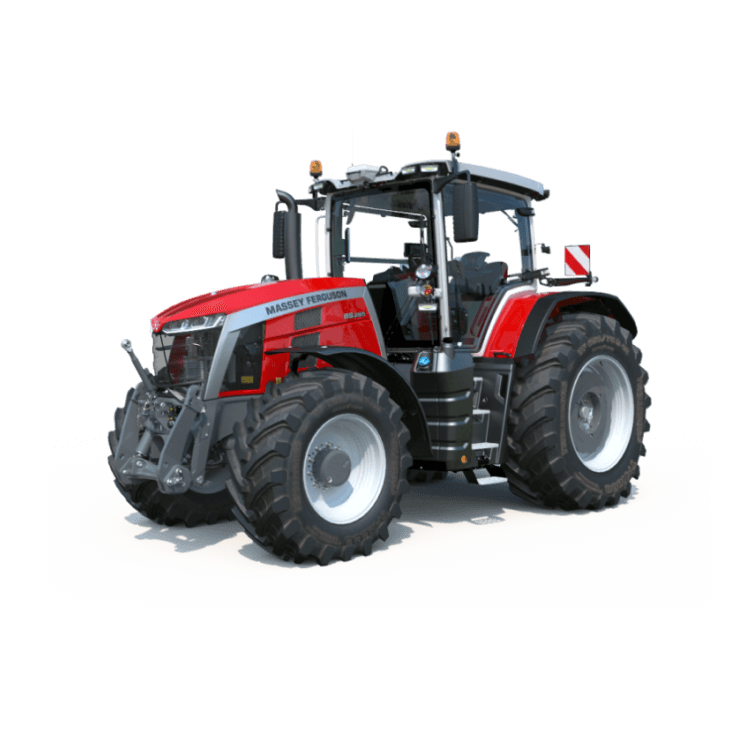
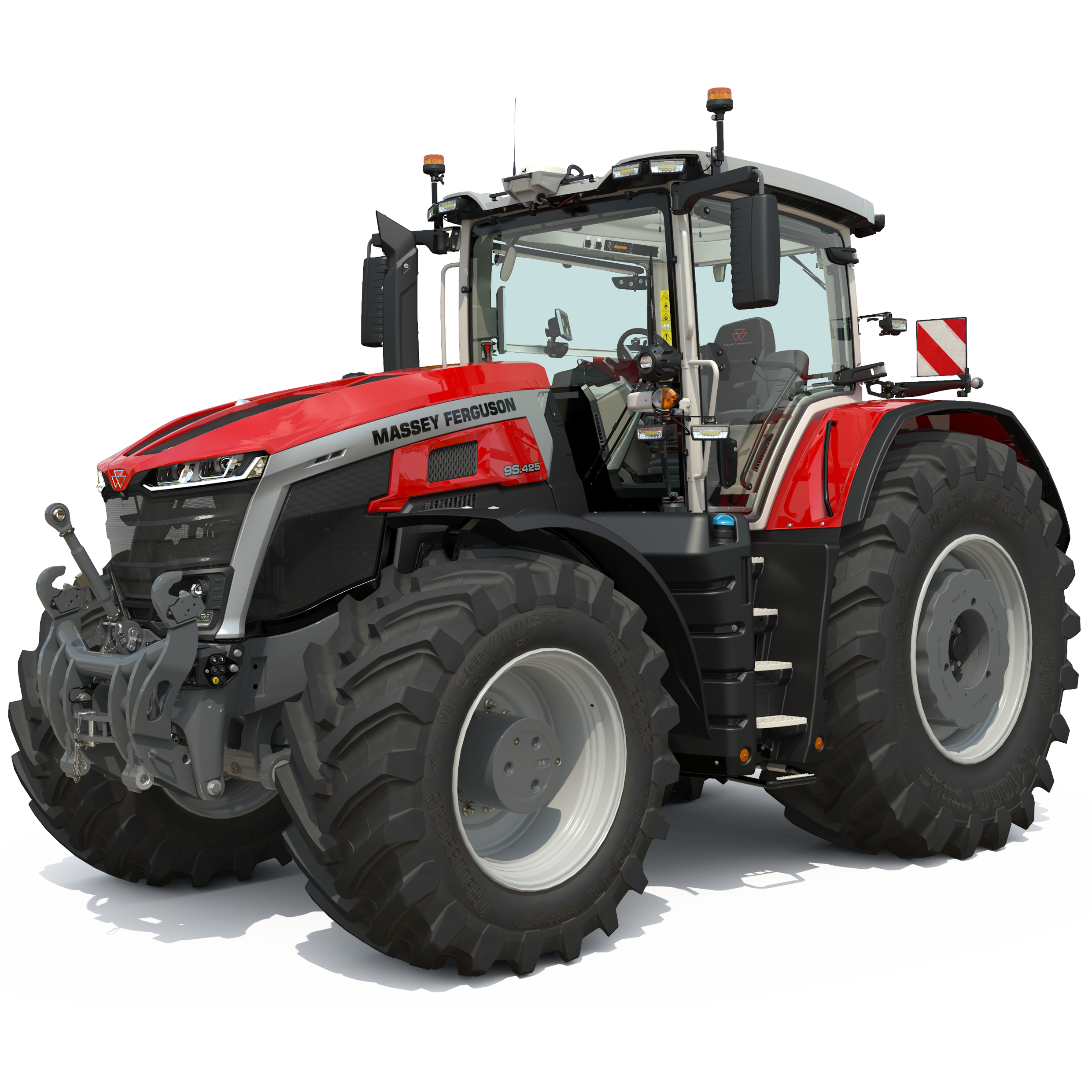
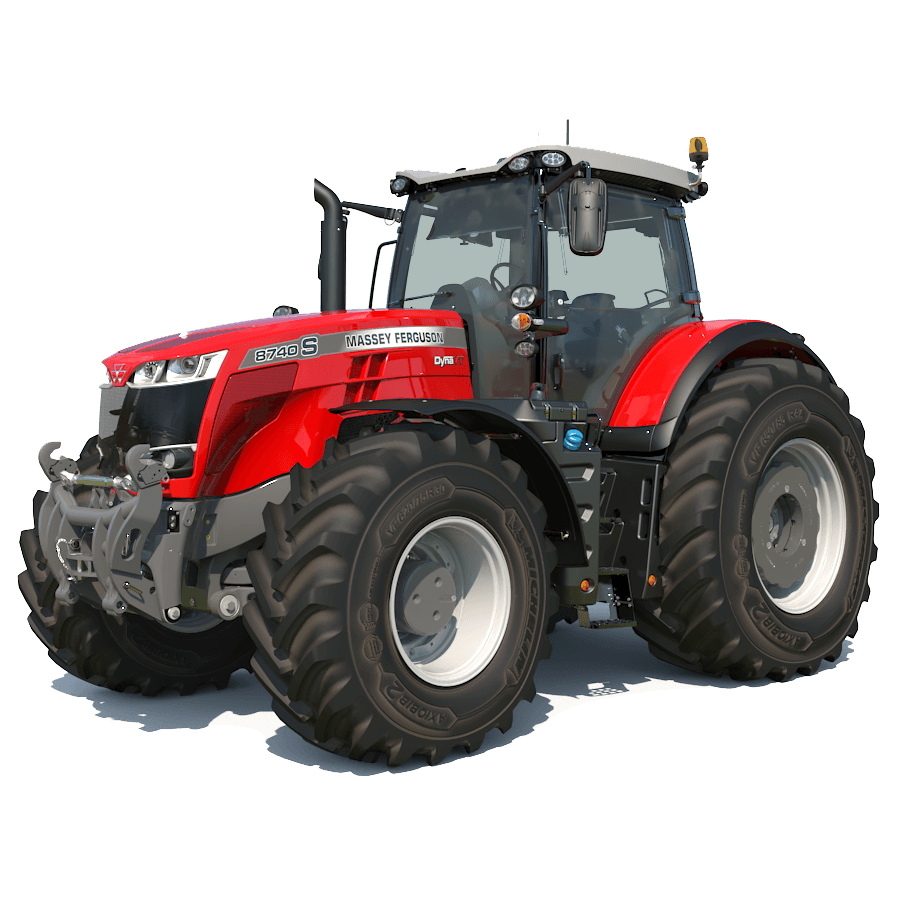
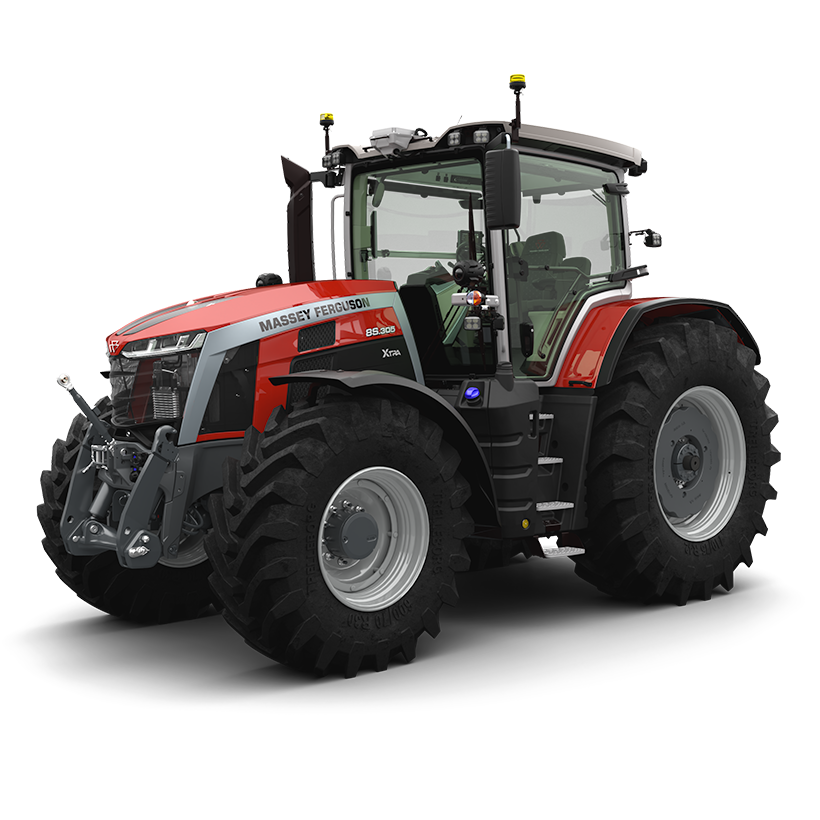
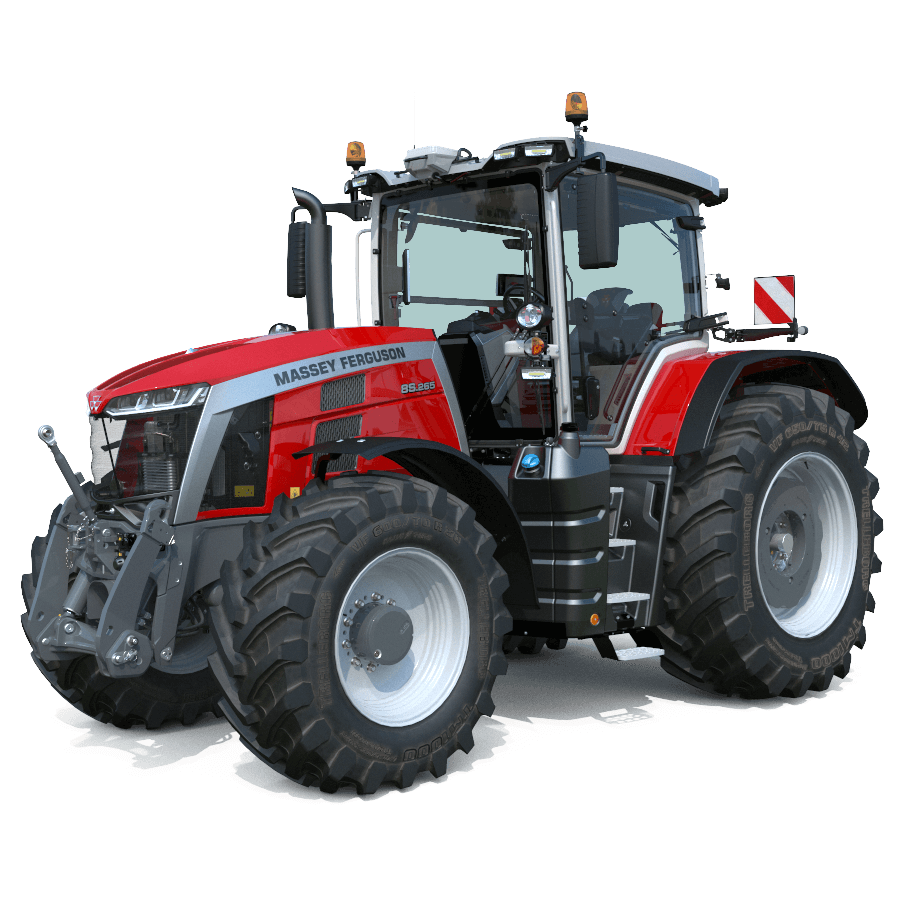
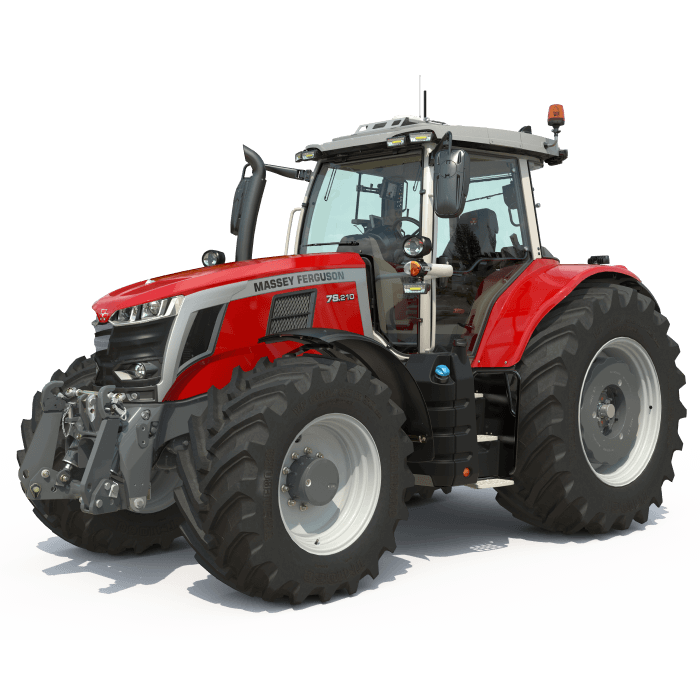
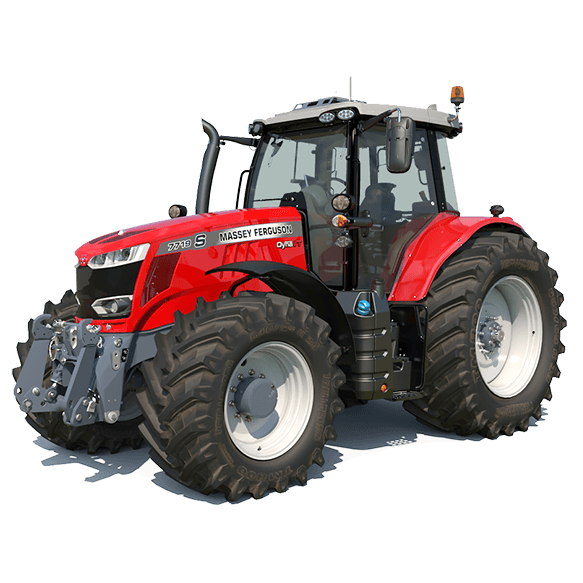
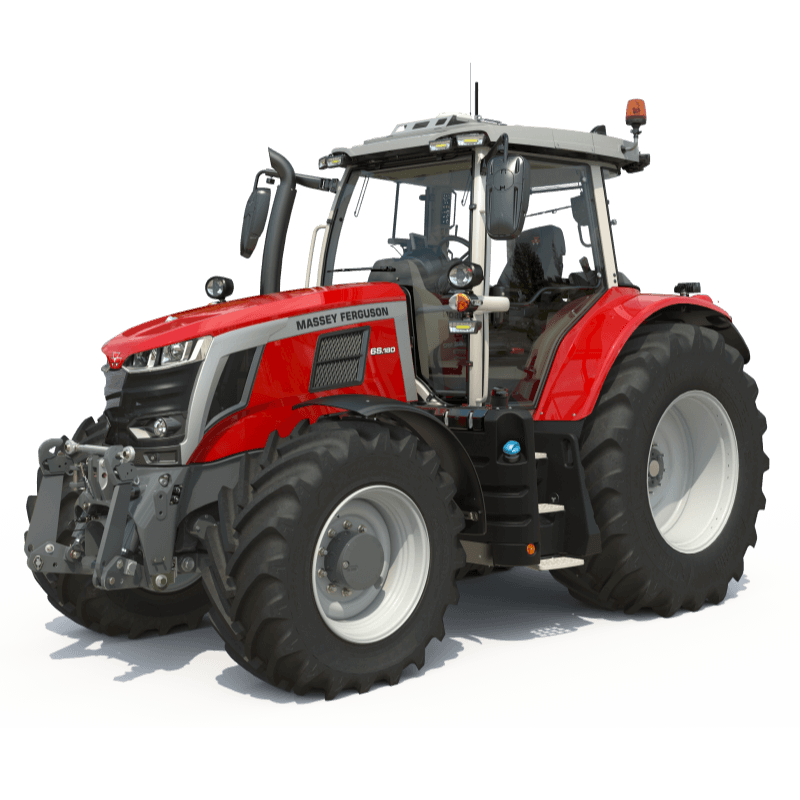
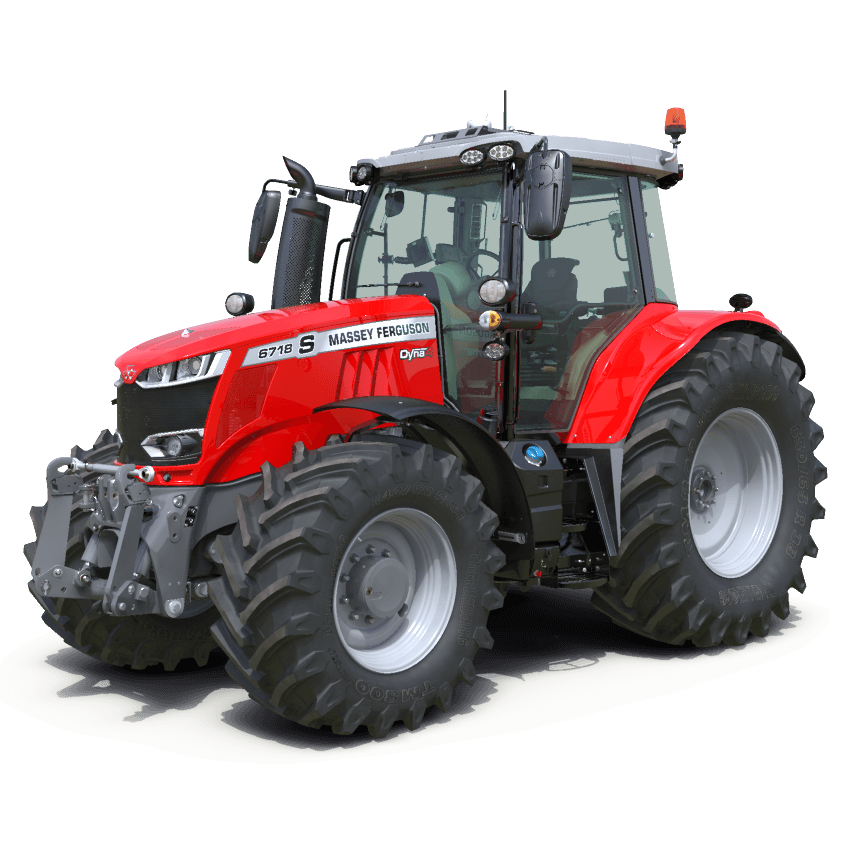
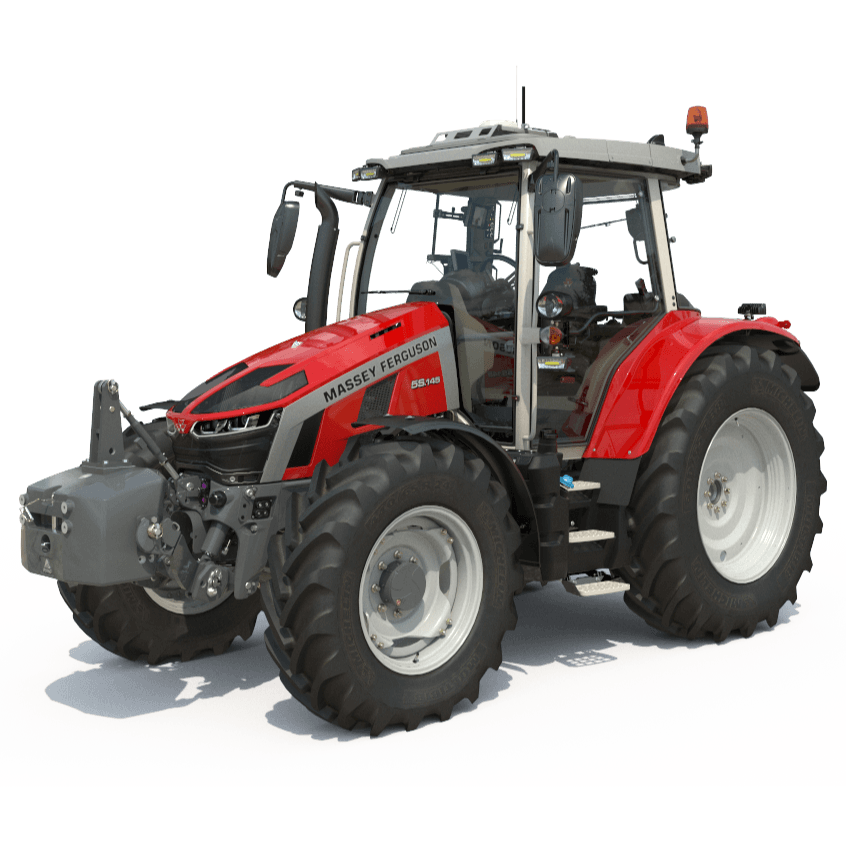

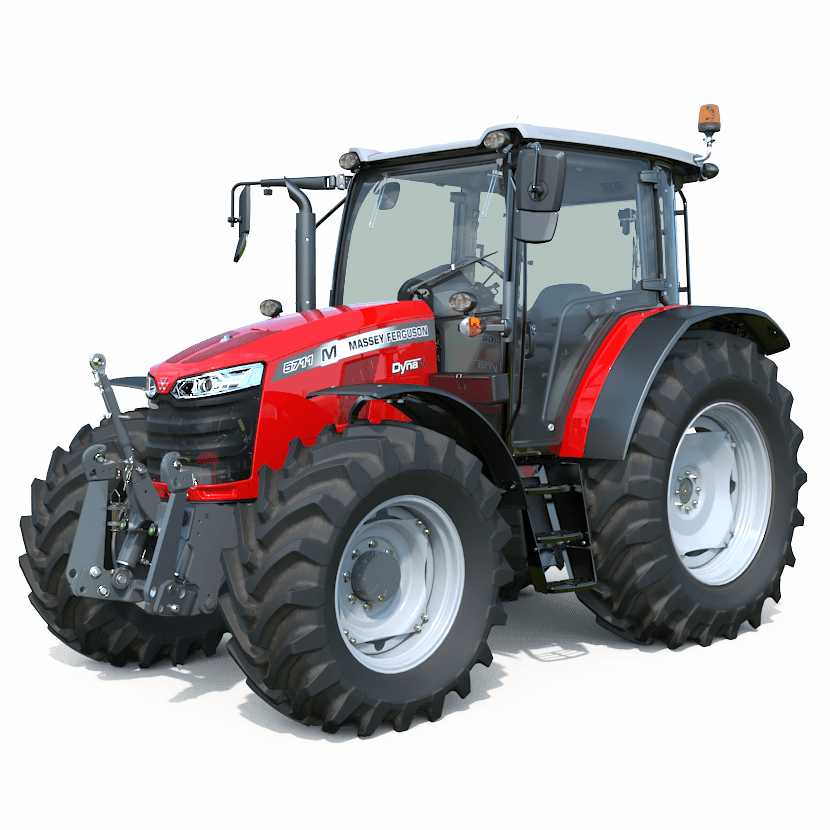
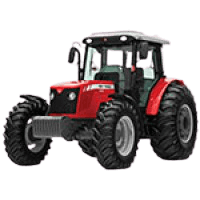
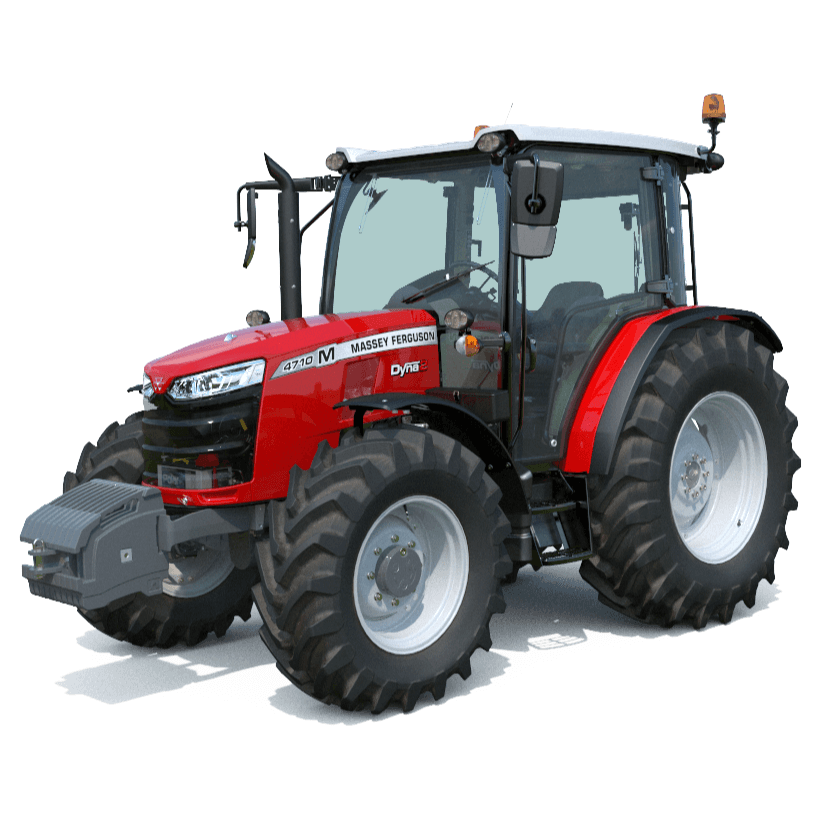
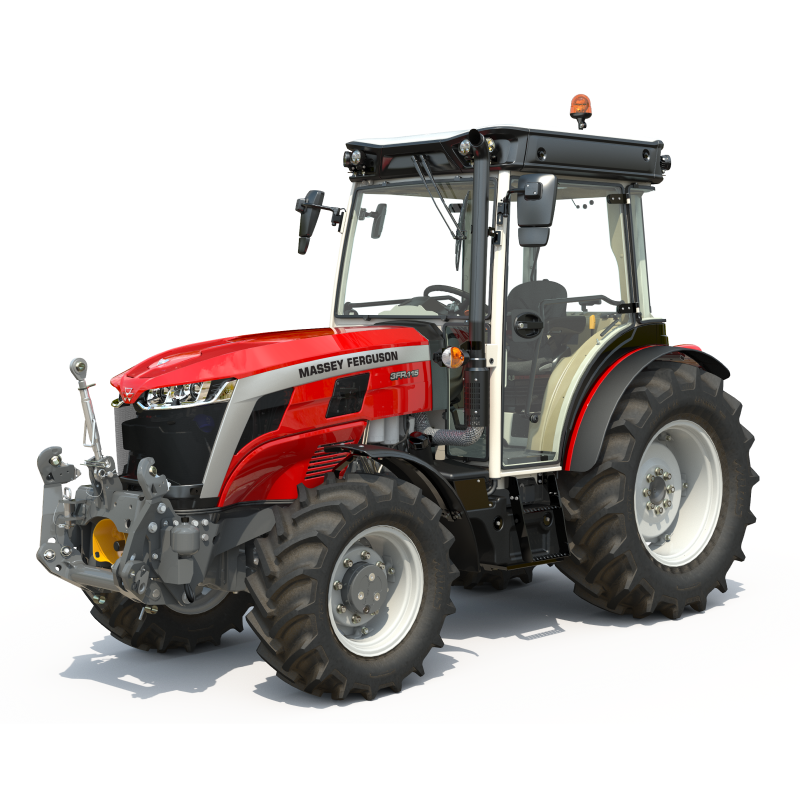
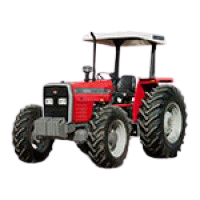
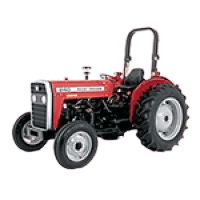
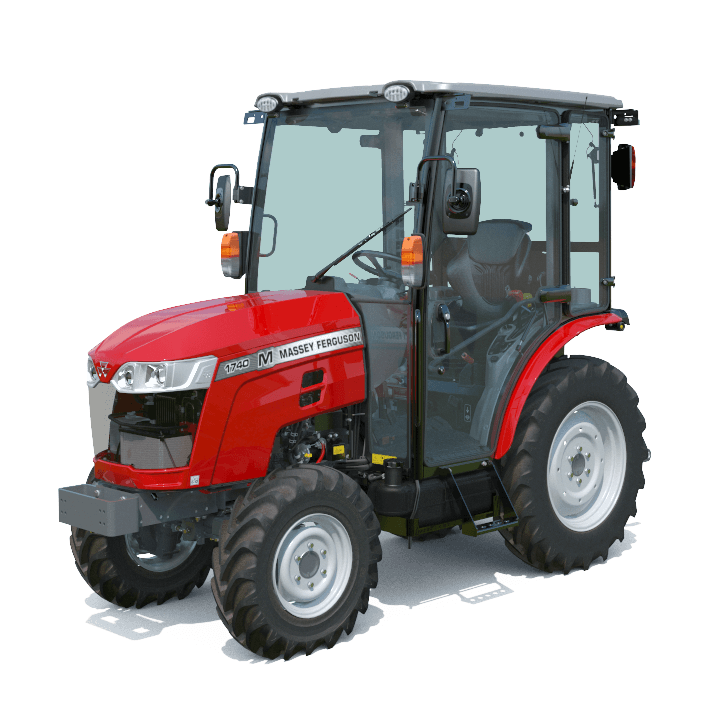
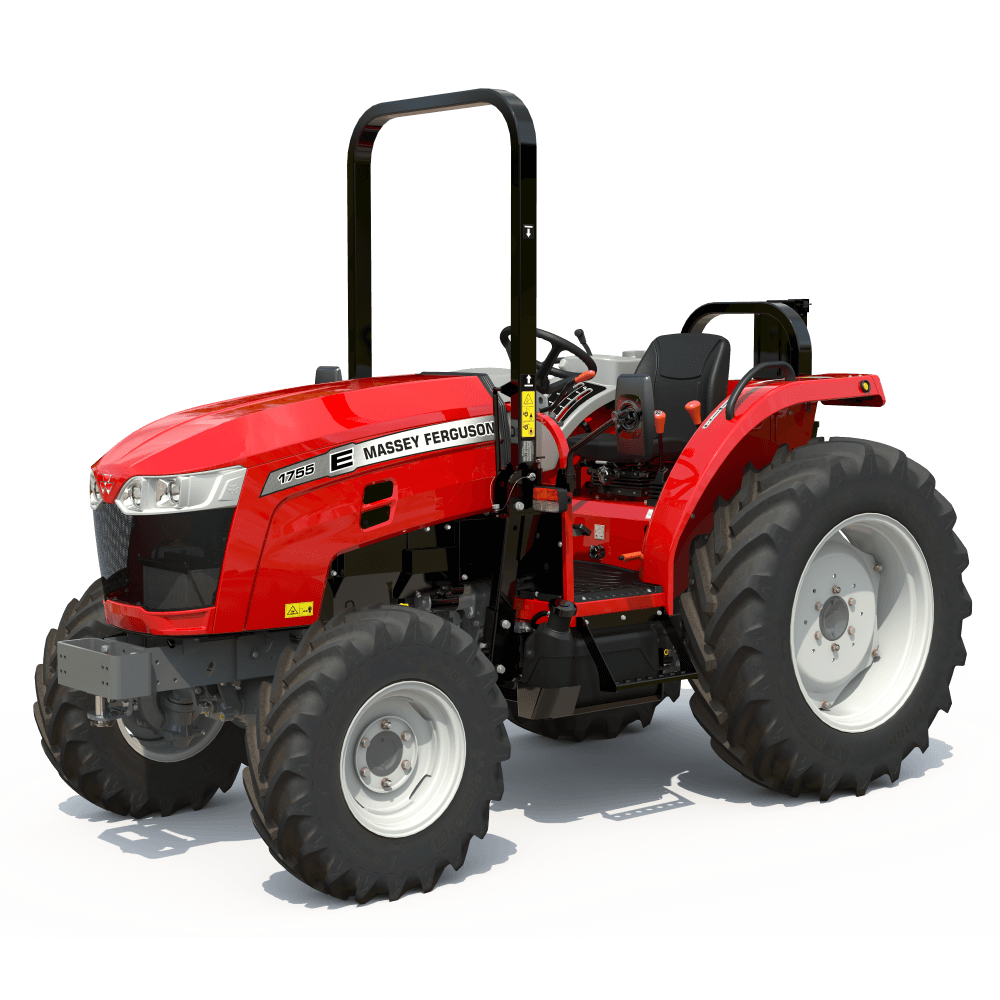
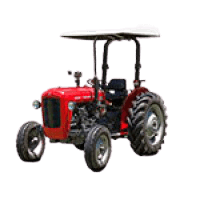
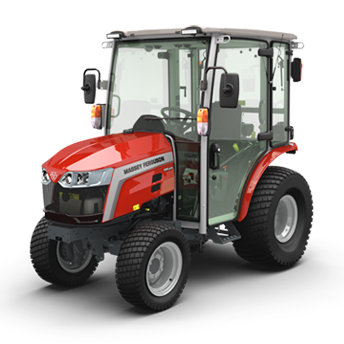
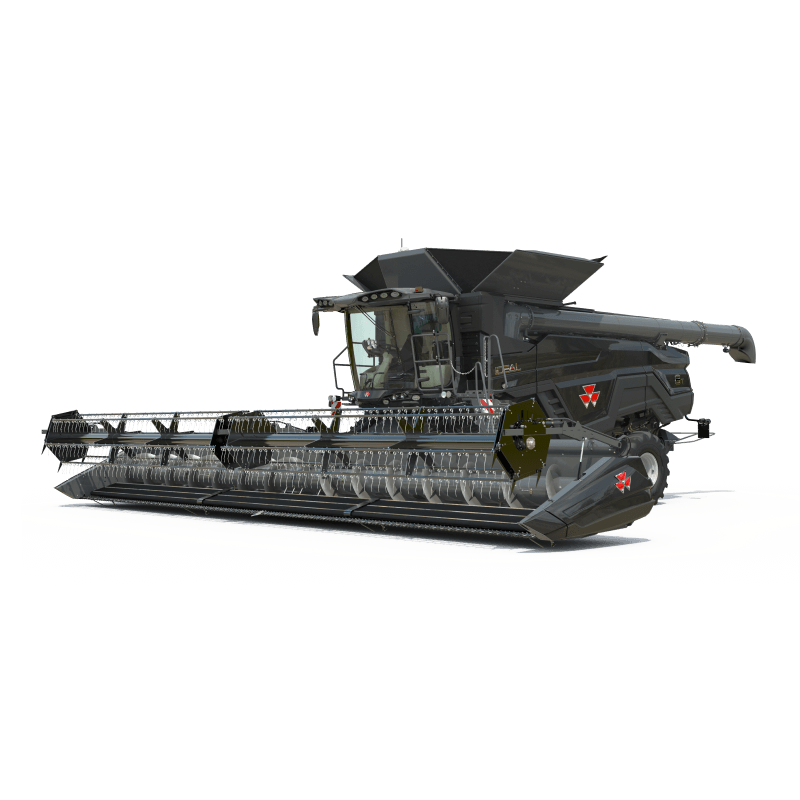
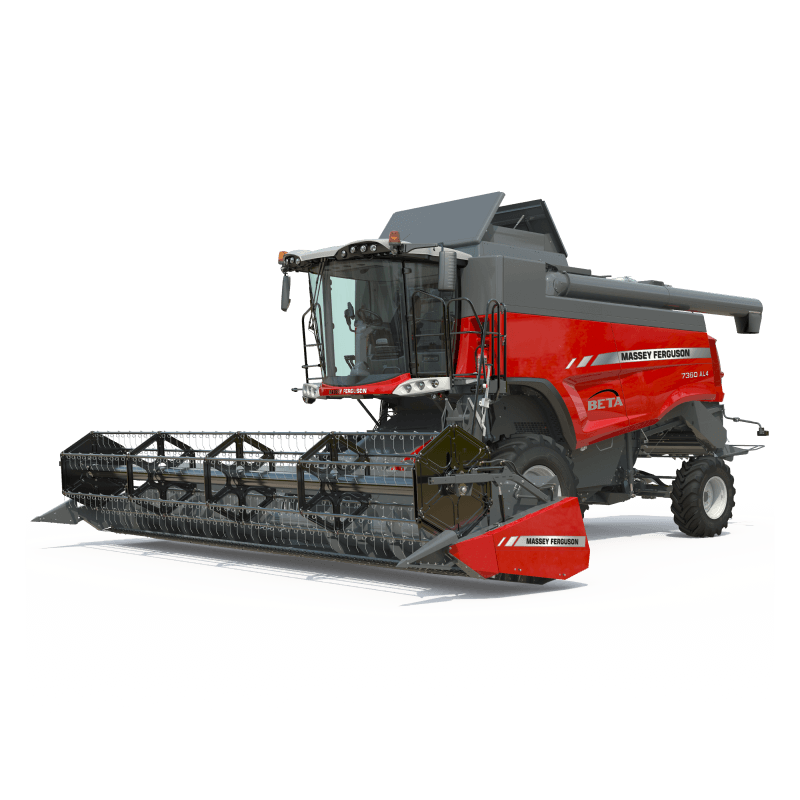
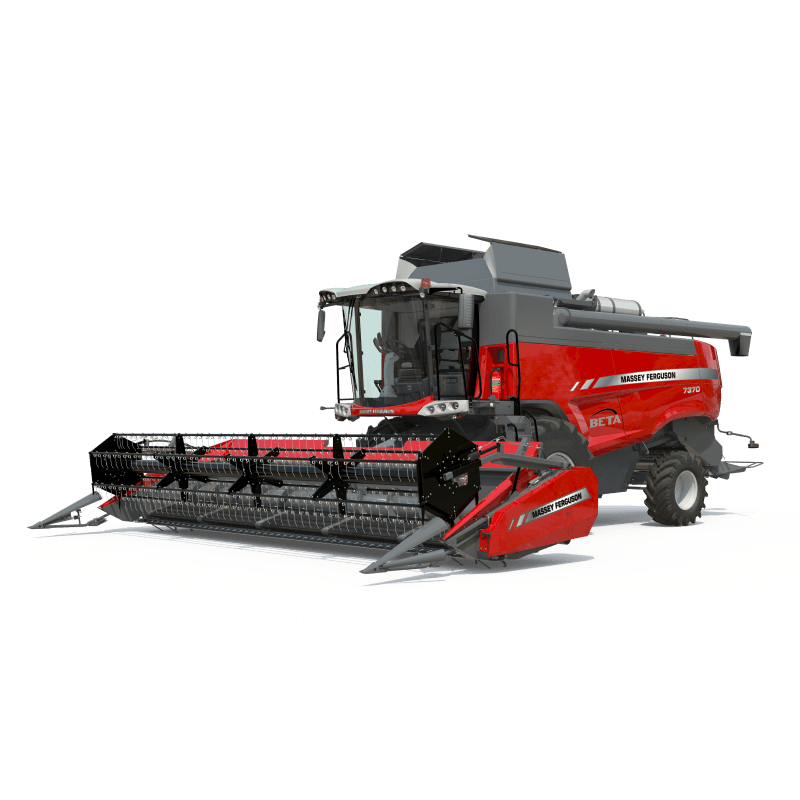
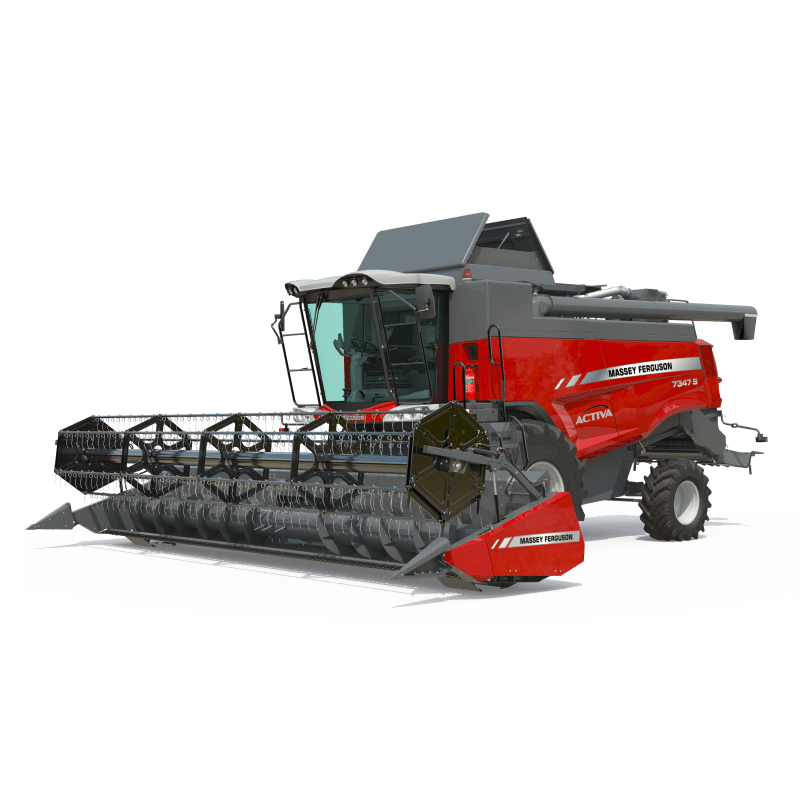
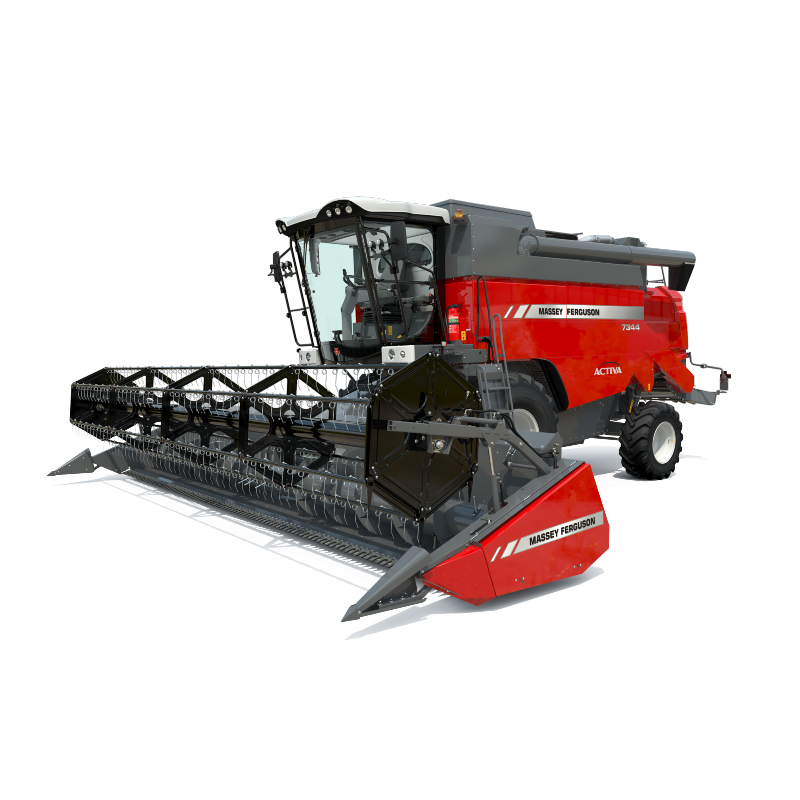
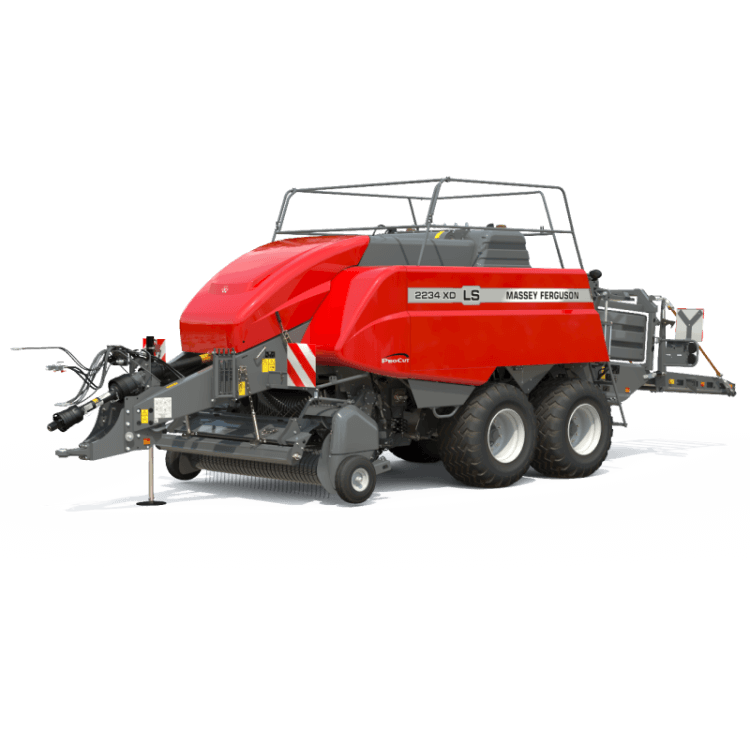
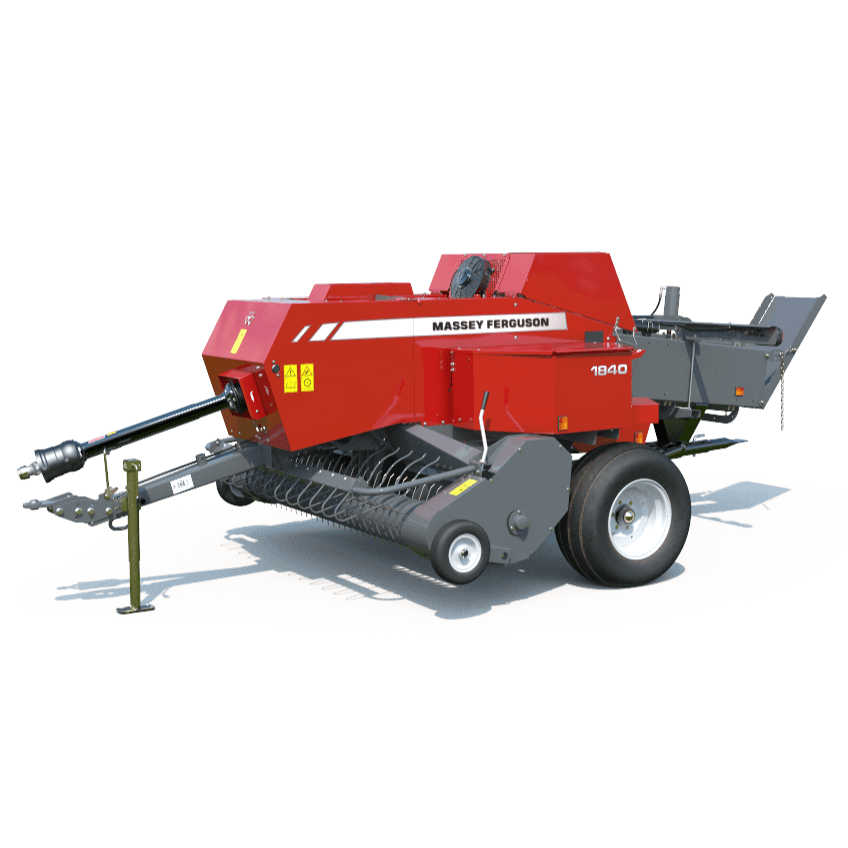
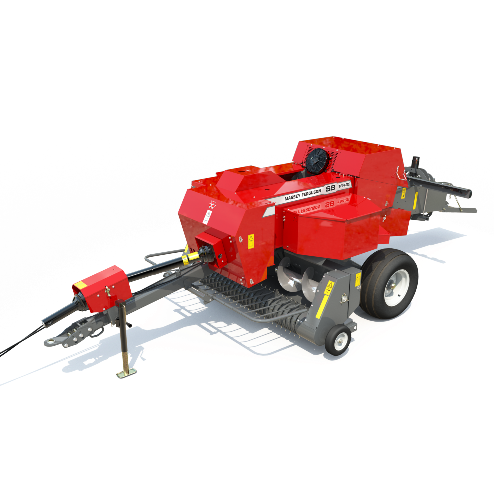
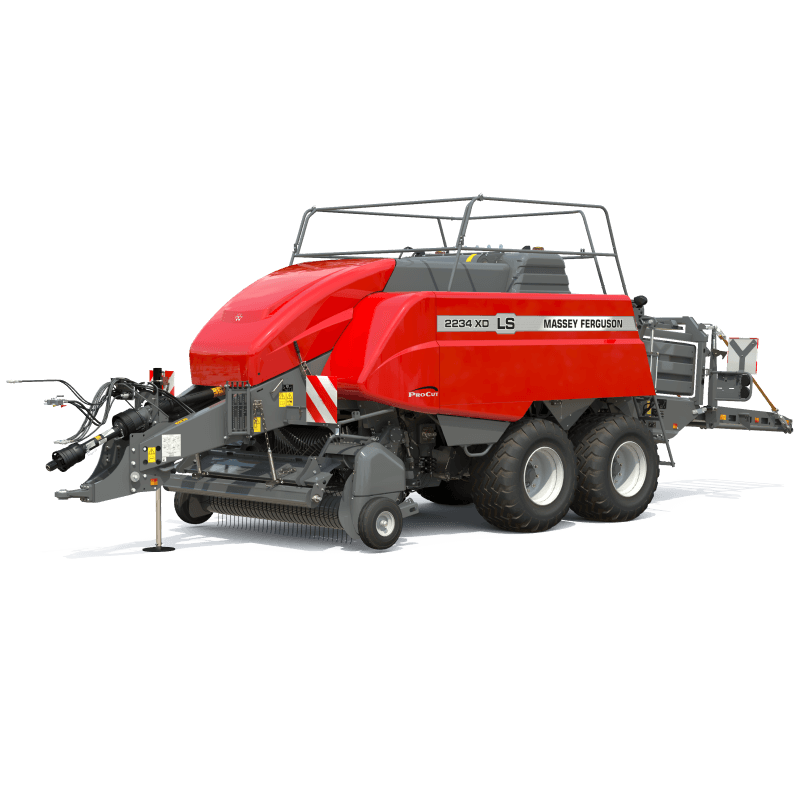
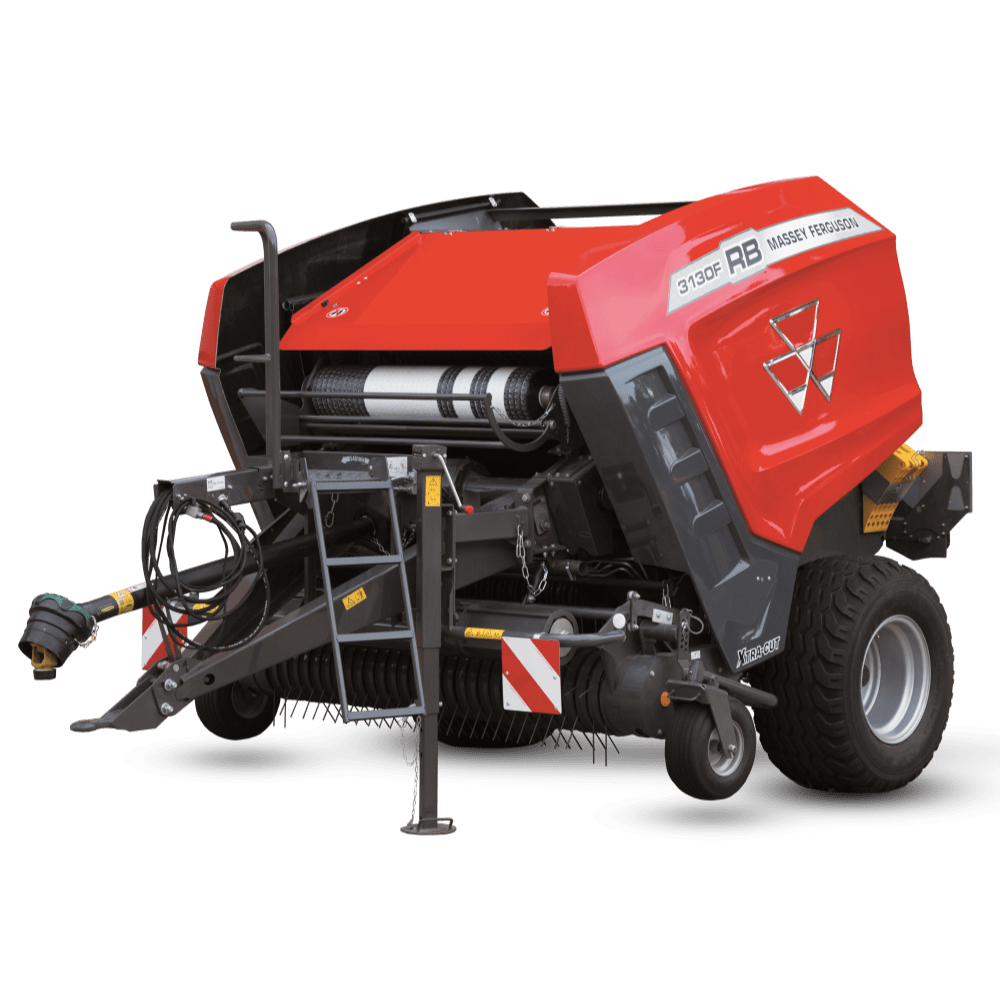
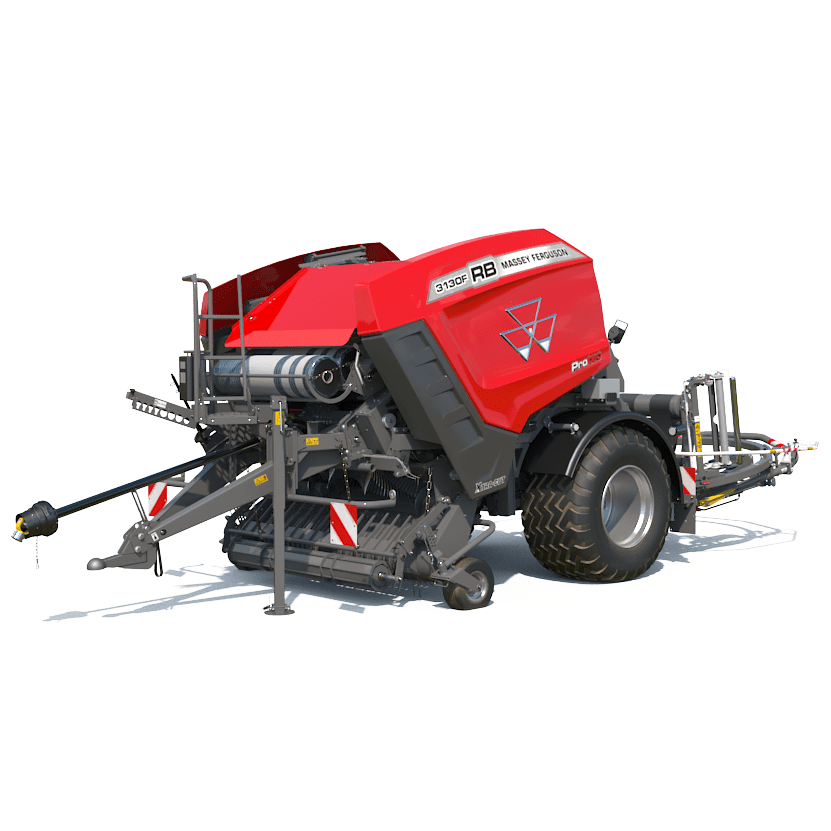
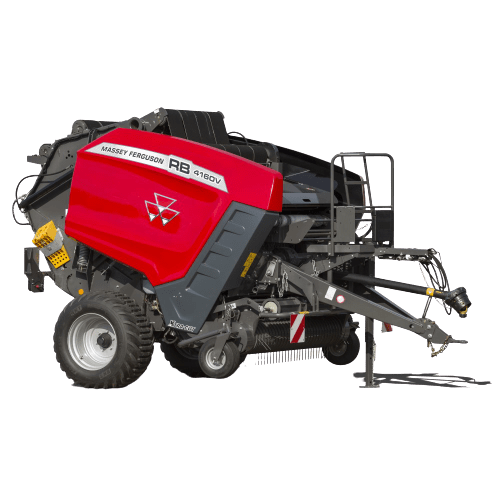
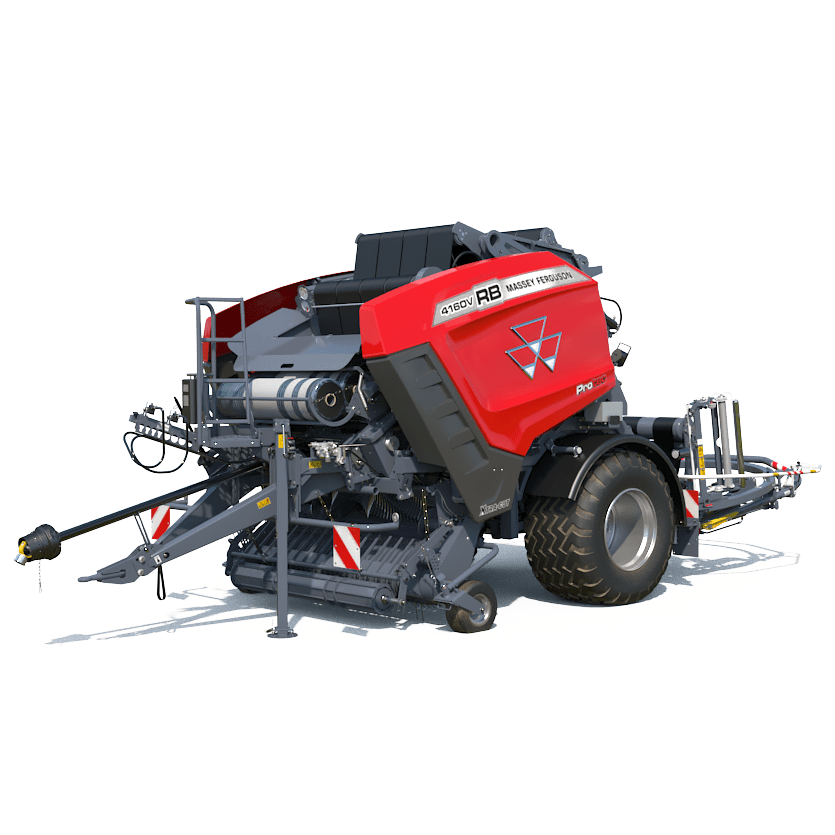
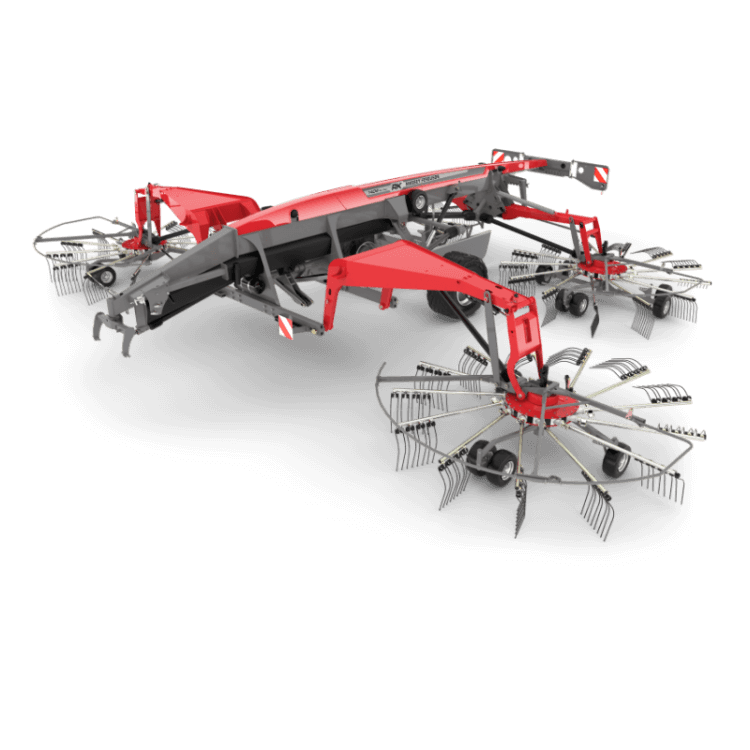
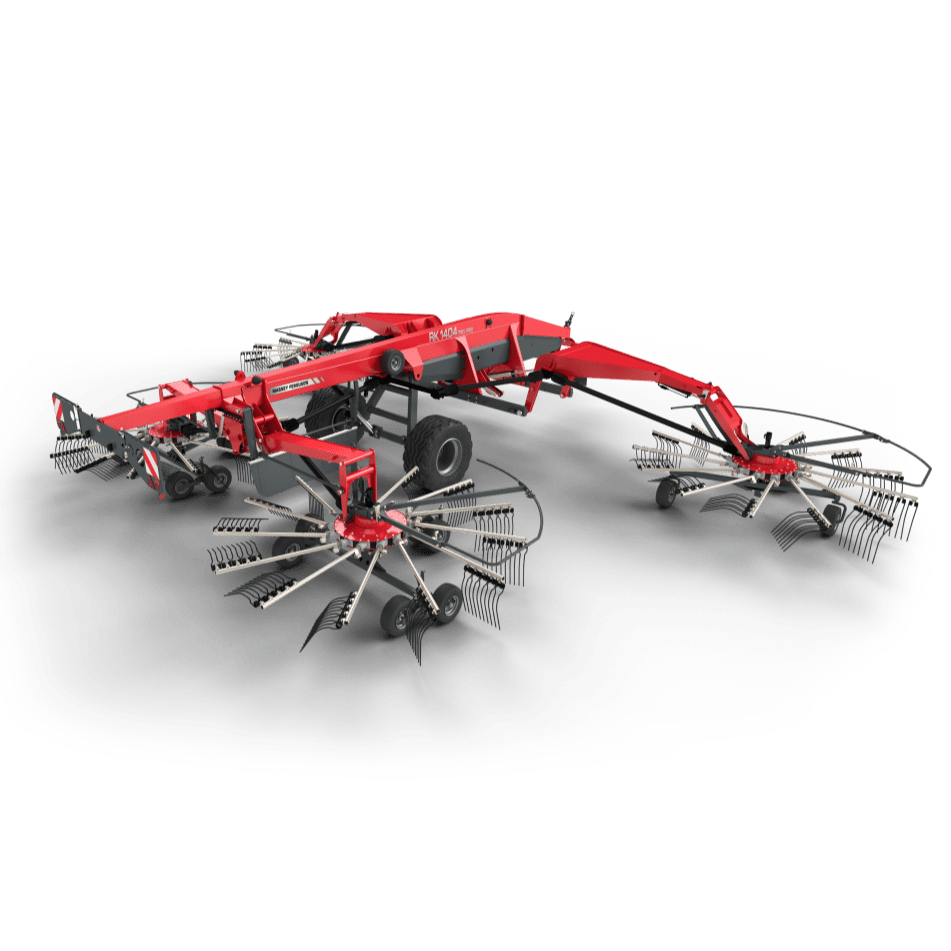
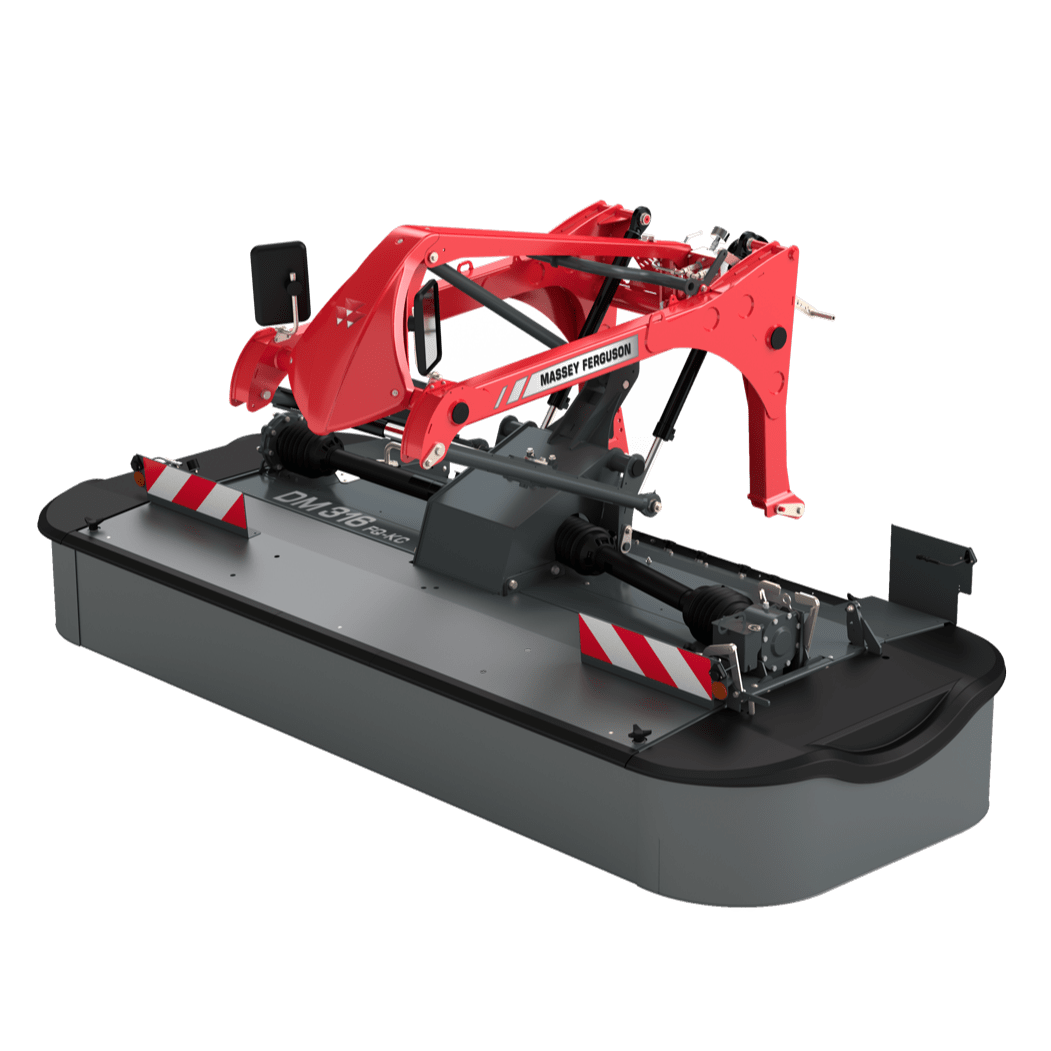
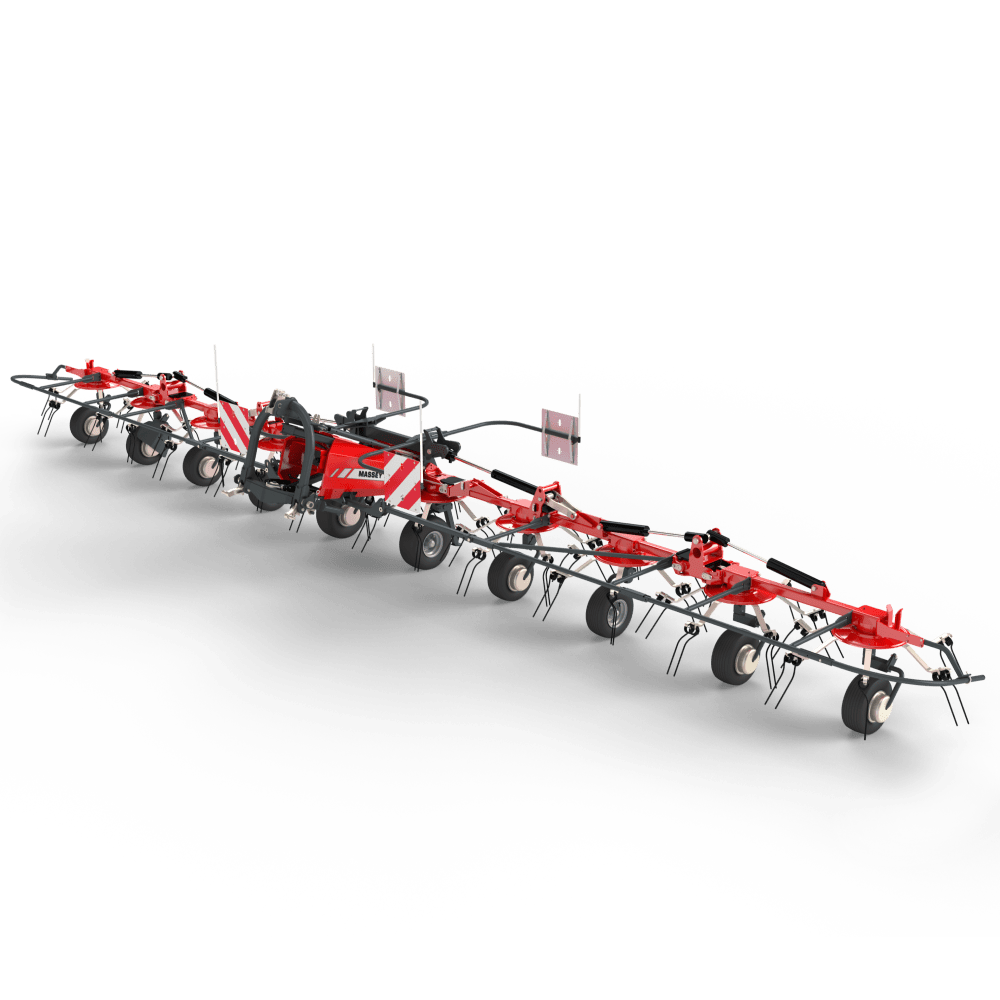
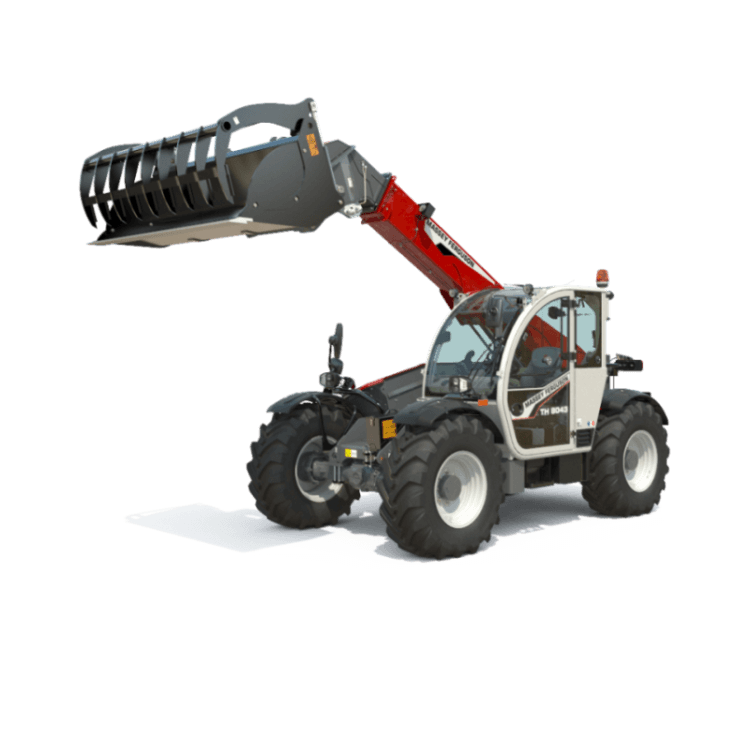
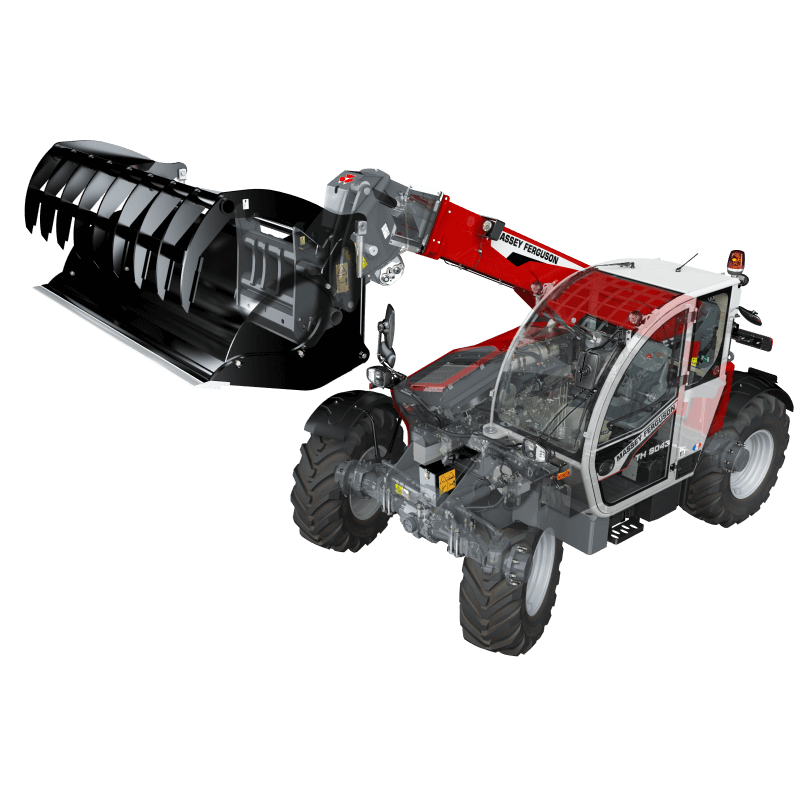
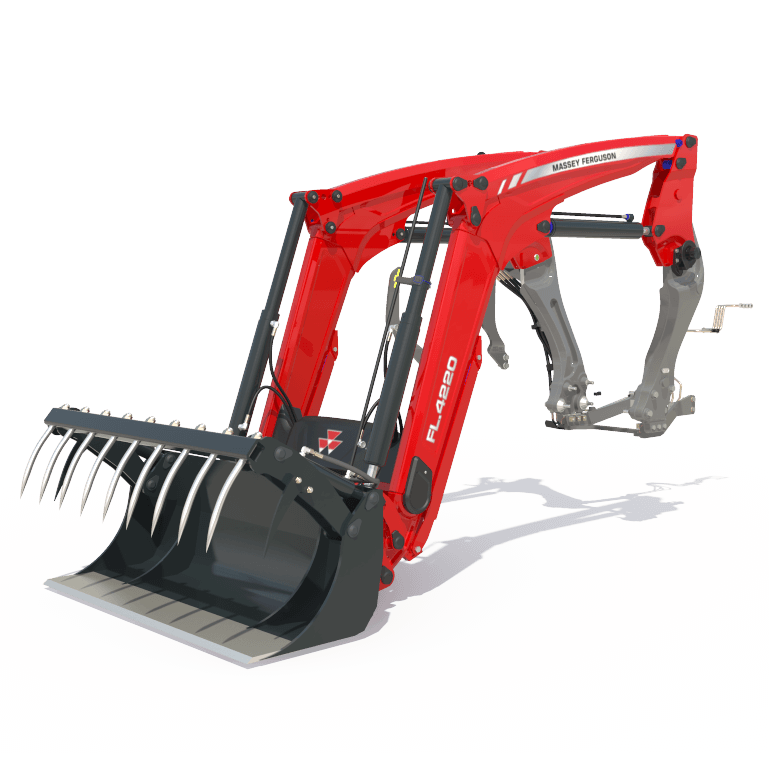
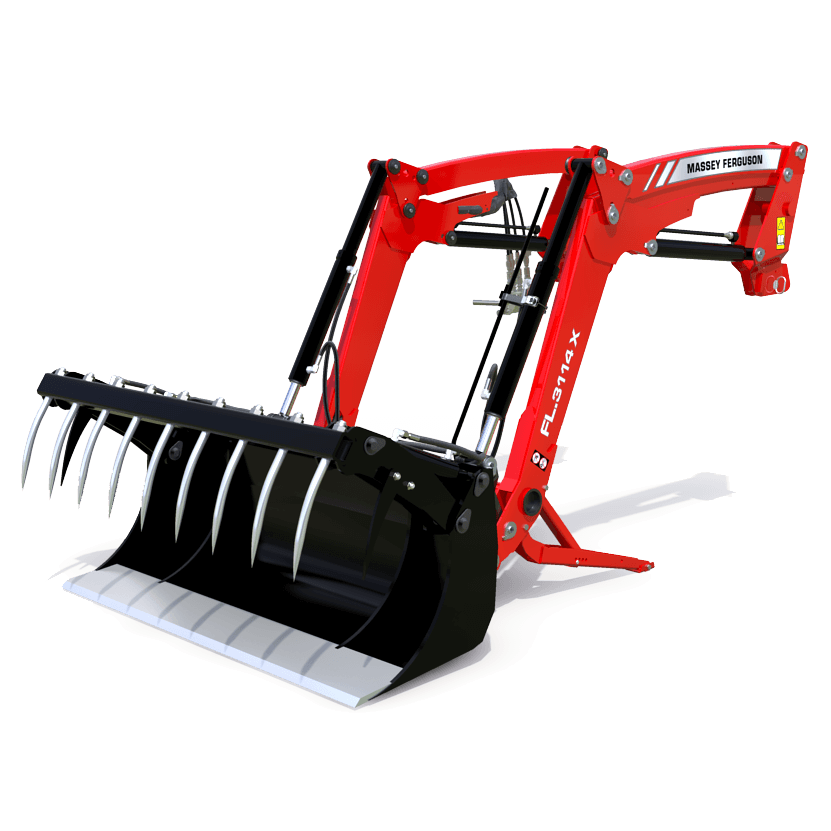
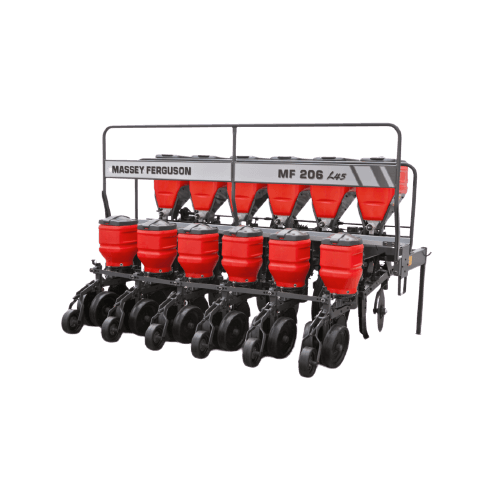
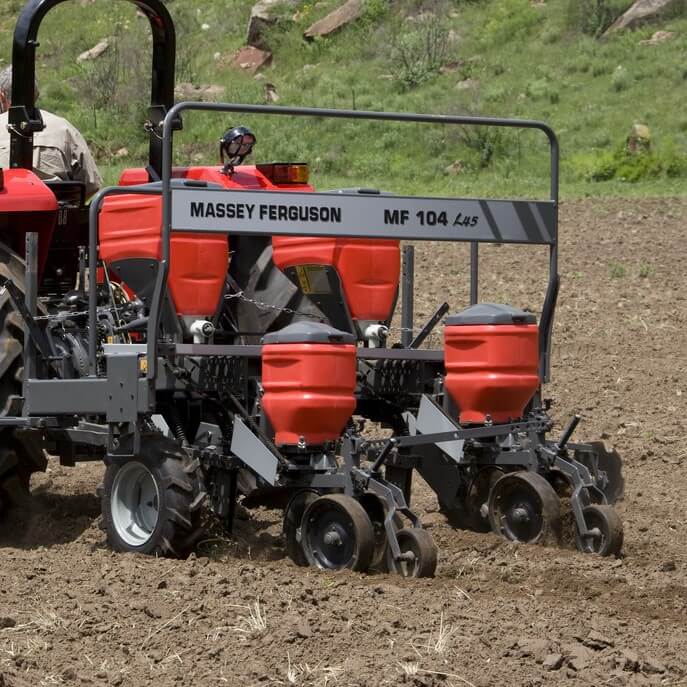
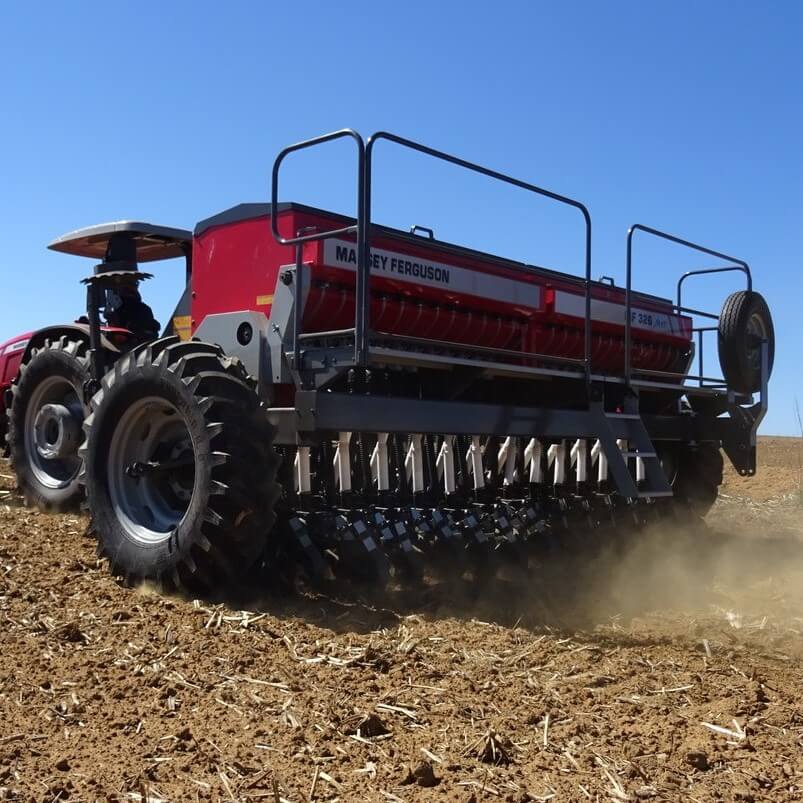
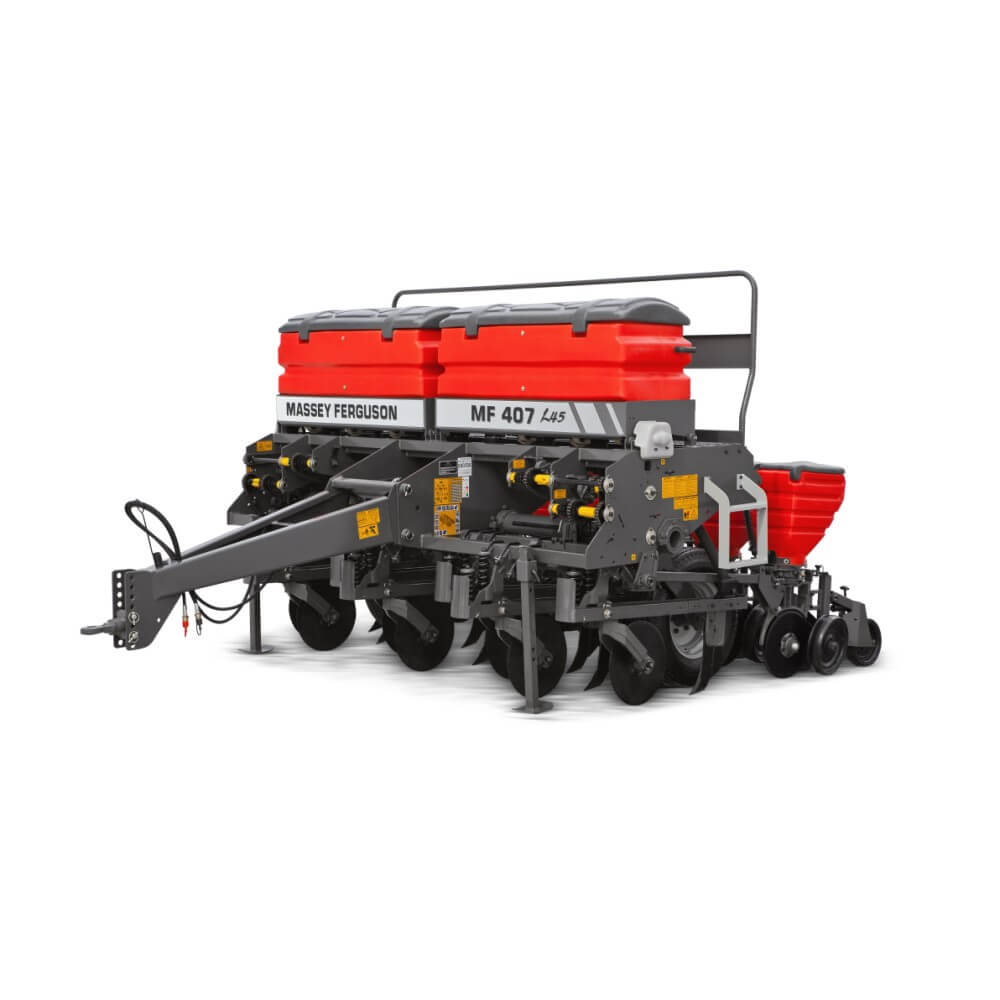
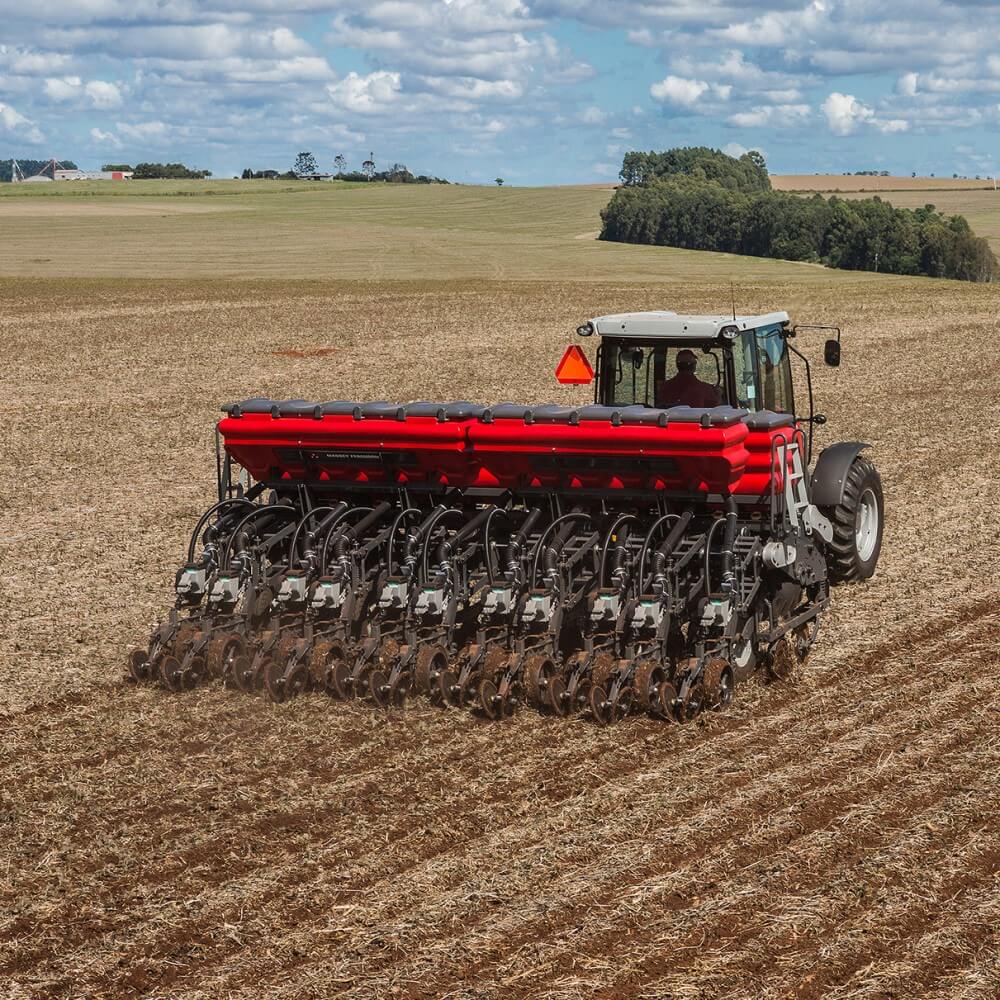
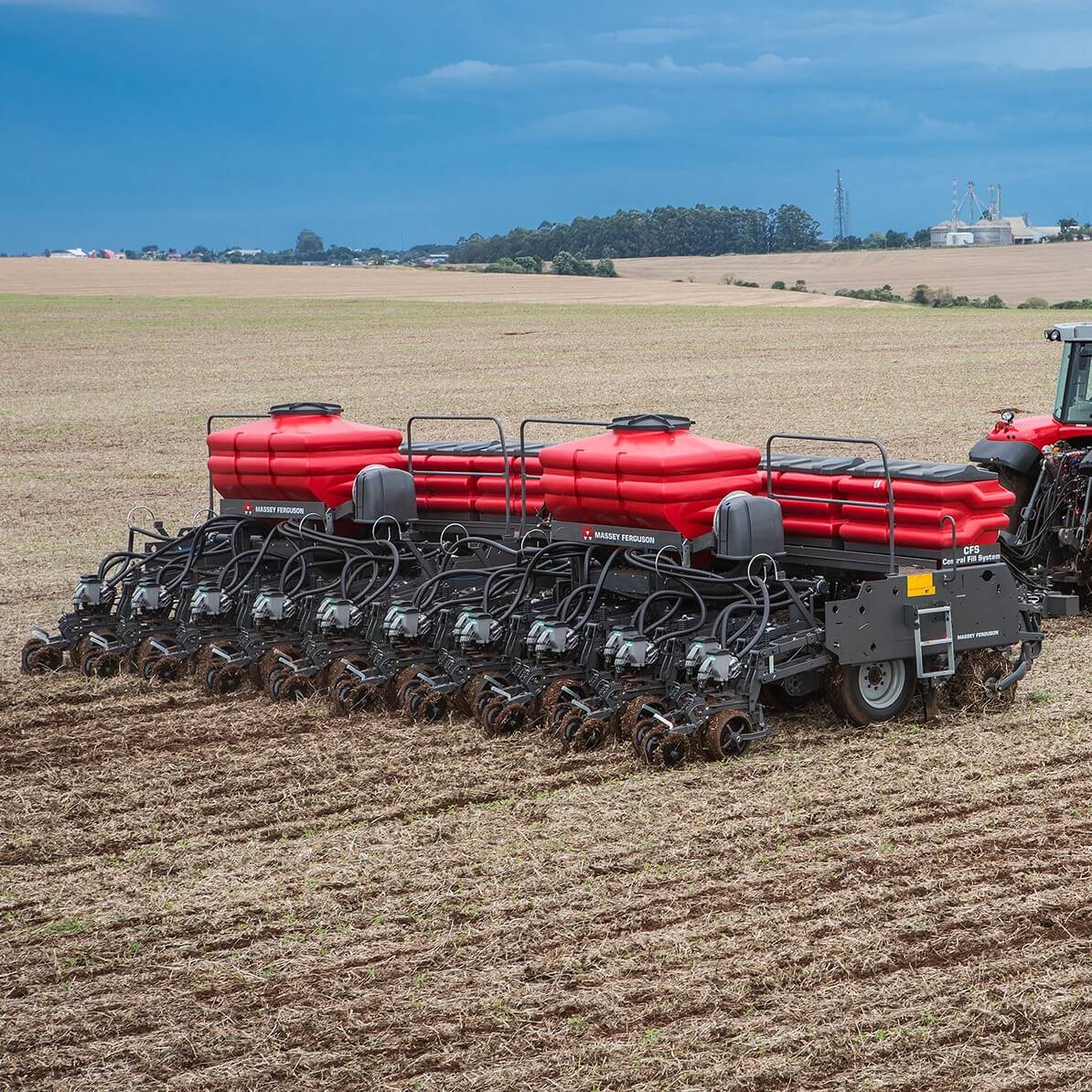
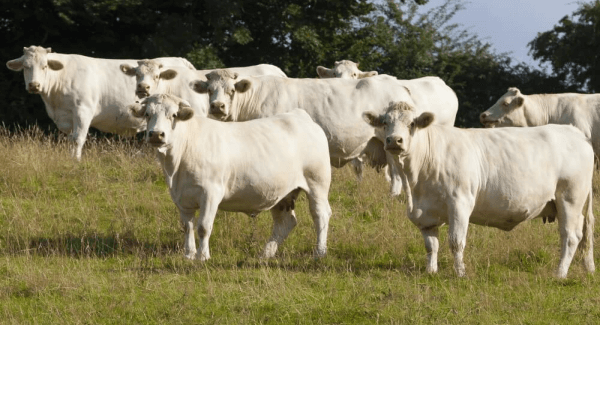
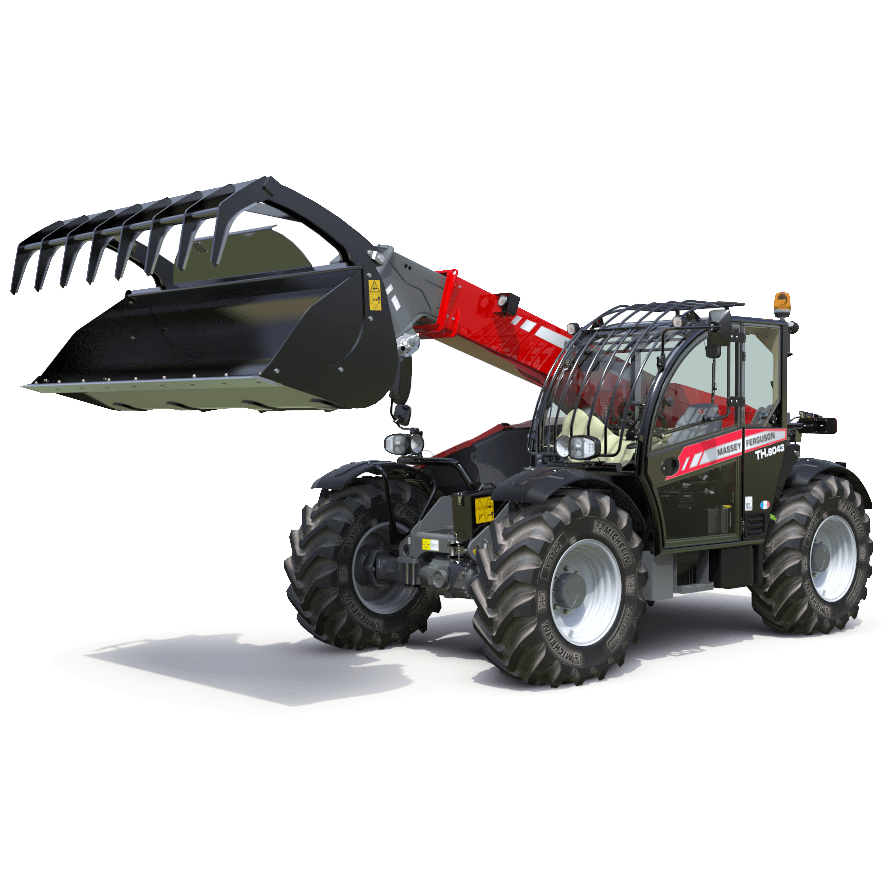

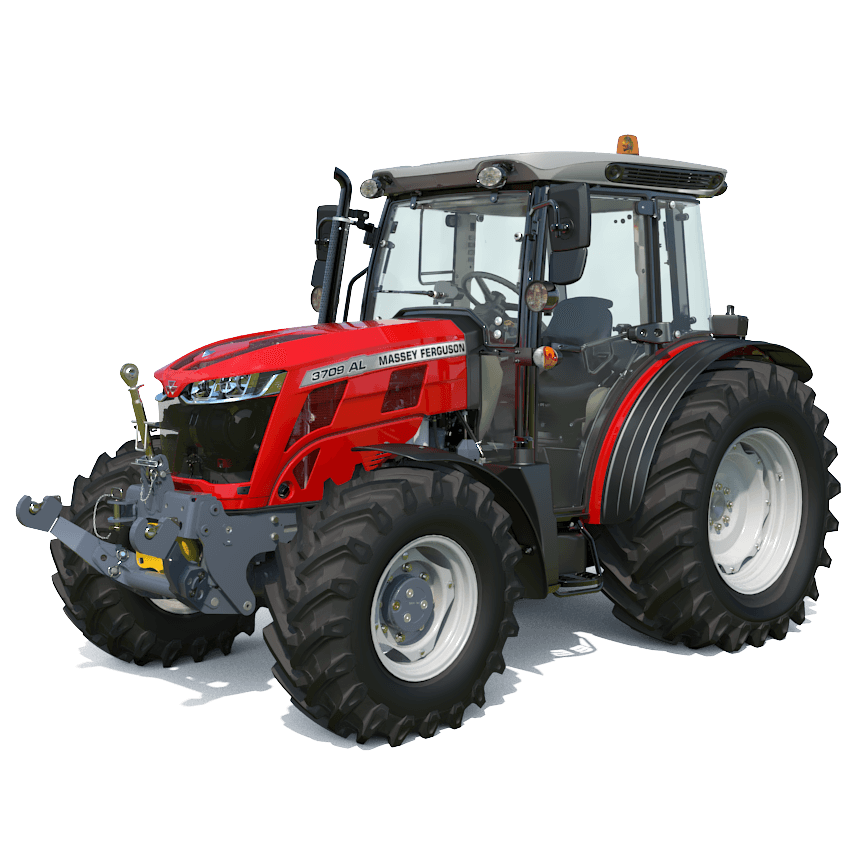
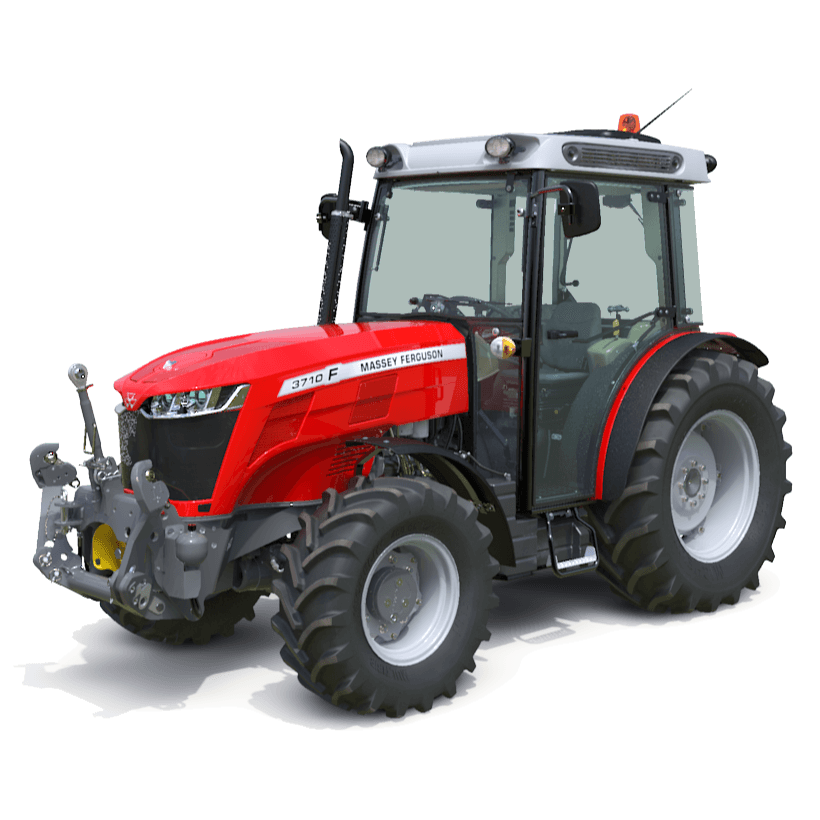
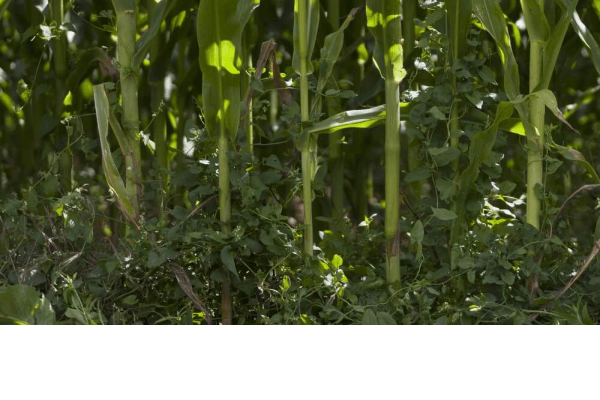
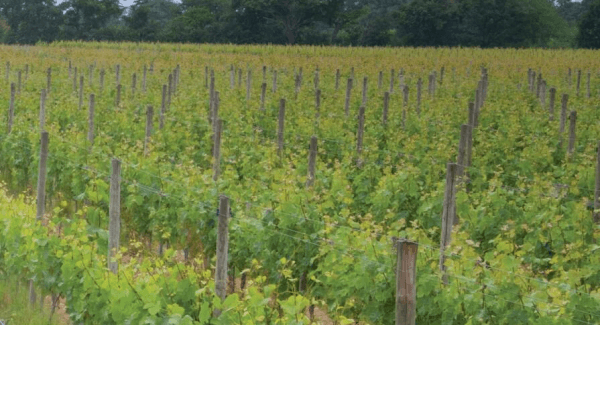
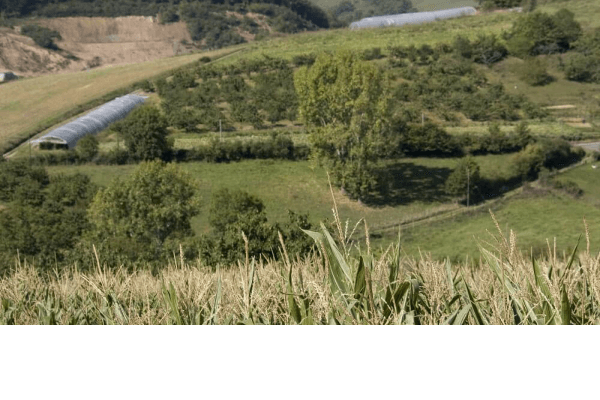
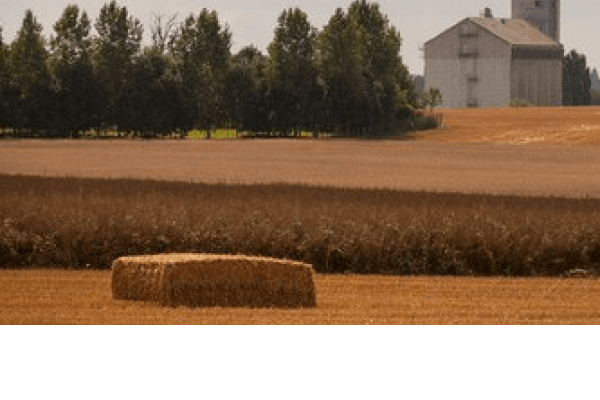
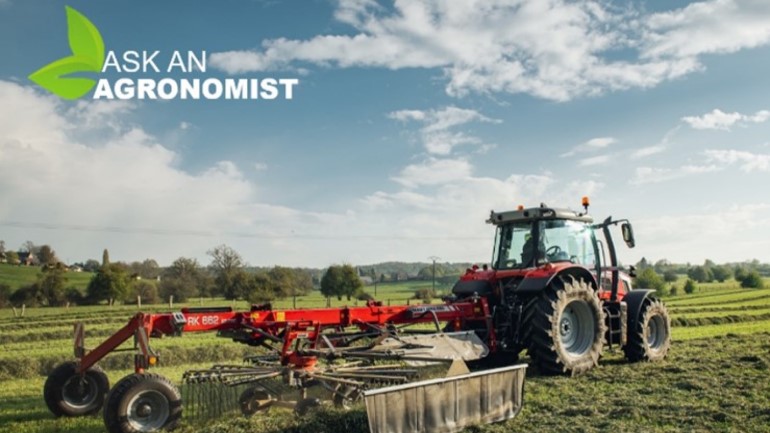

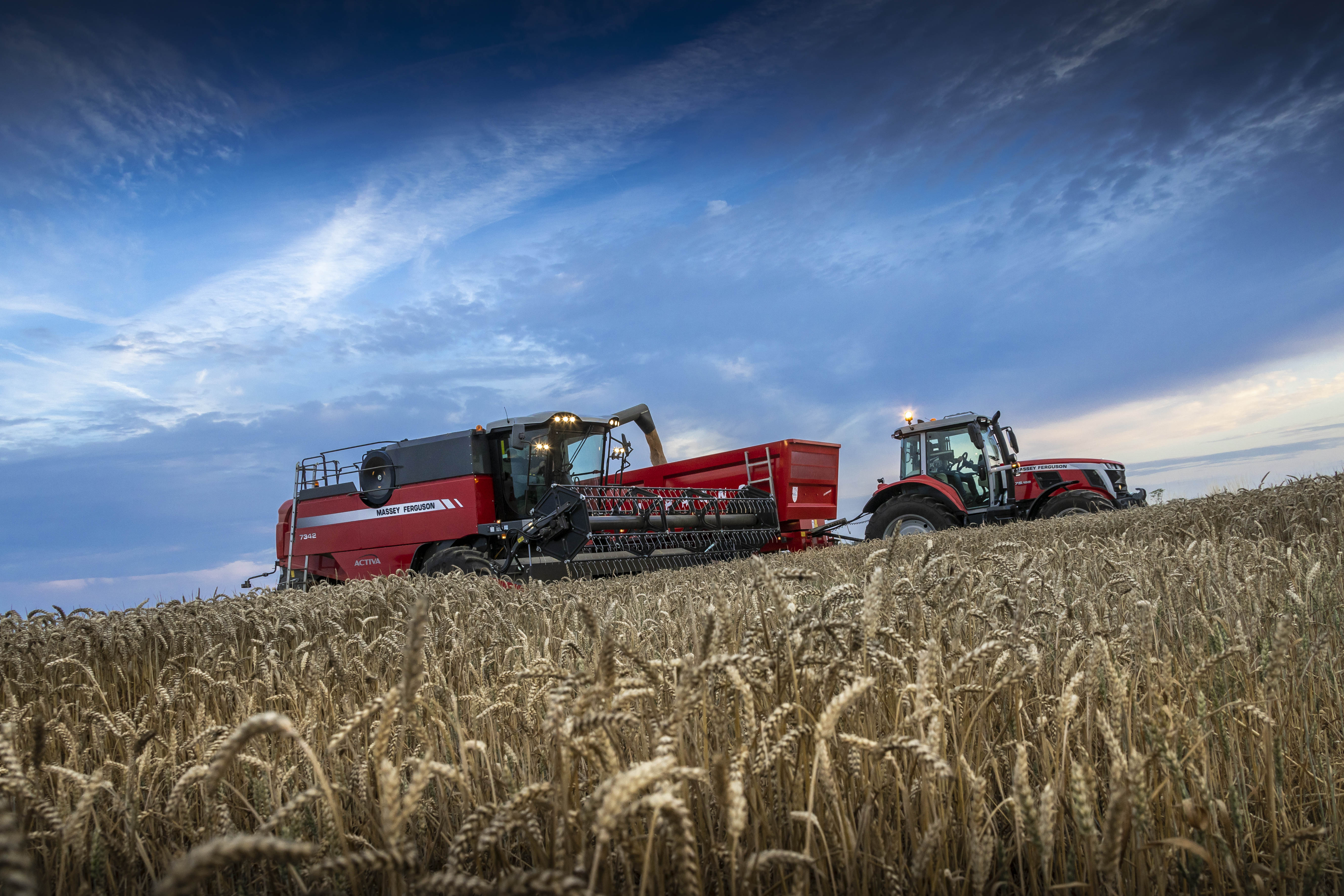
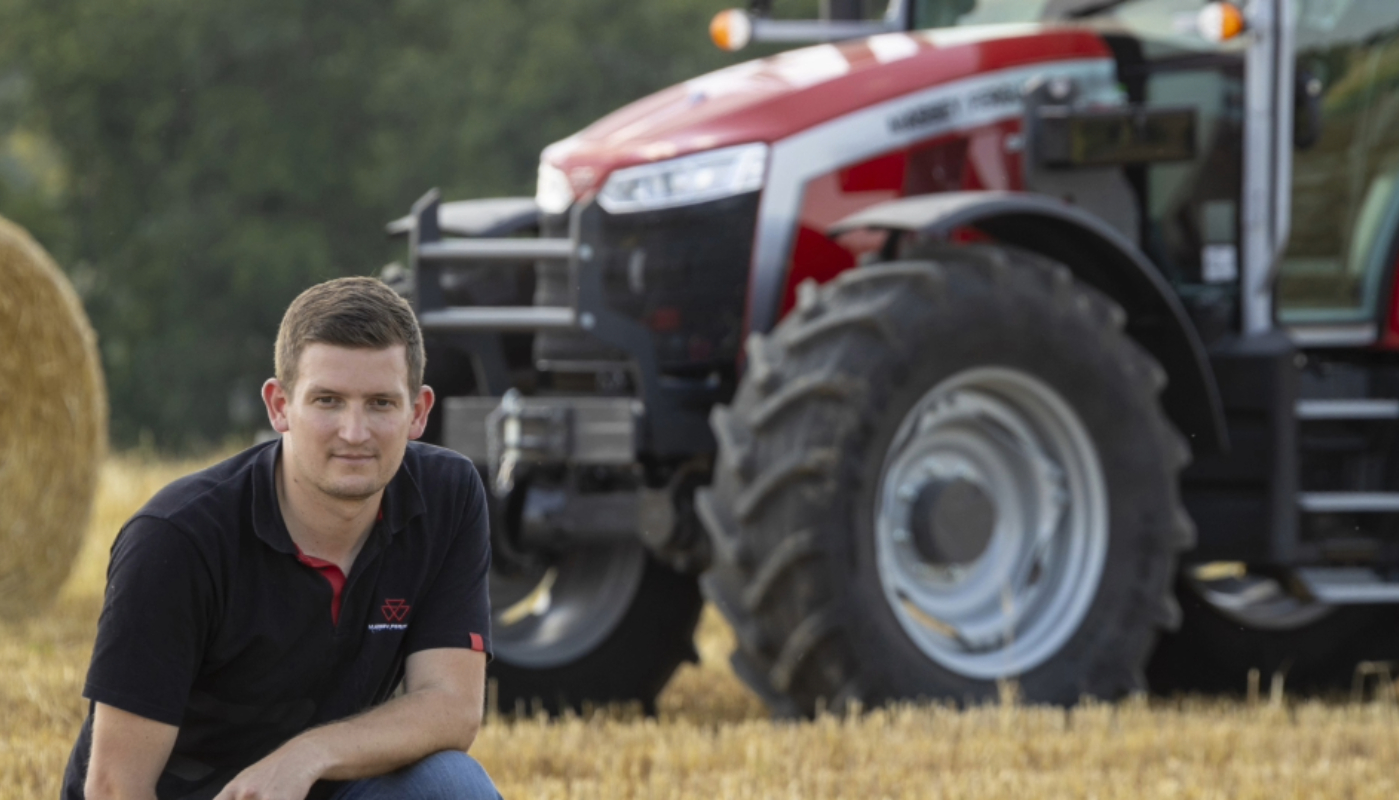
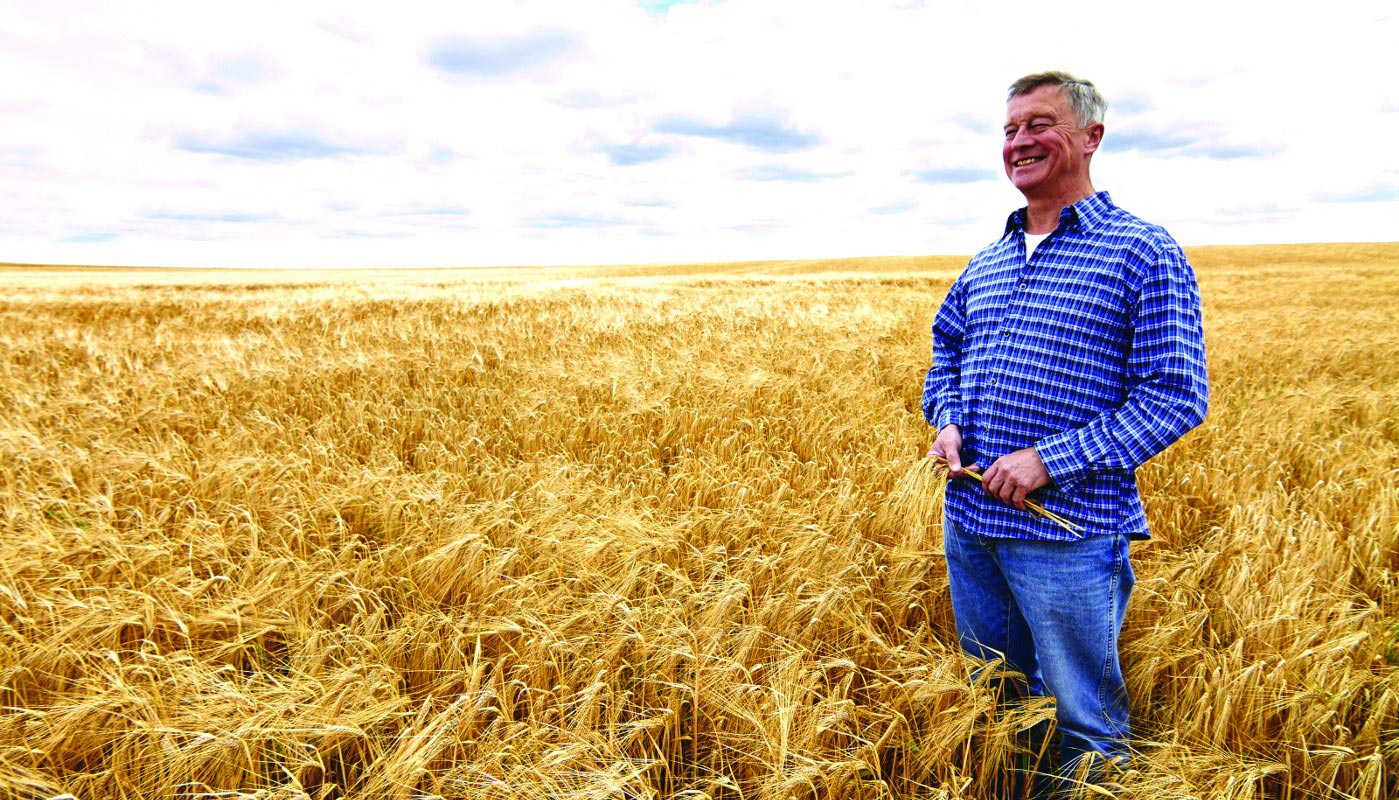
Share